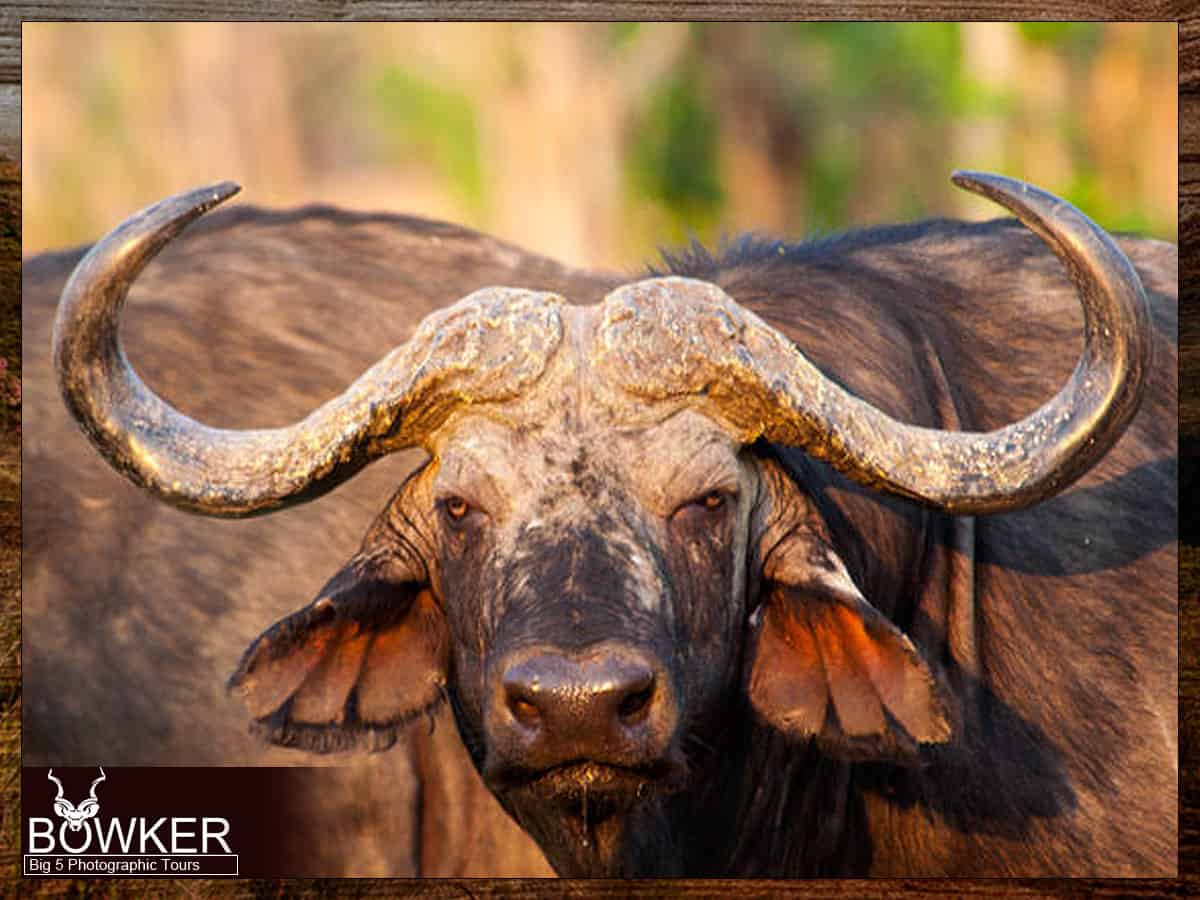Introduction – Big 5 Karoo National Park Tour. National Park Safari
Are you looking for a guided Safari adventure through Karoo Park? We offer private safari tours to the Karoo National Park in the Eastern Cape.
Table of Contents
In the heart of South Africa lies a wilderness that seems like something out of a dream. Picture boundless horizons, rolling plains, and starry skies that stretch as far as the eye can see. This is the allure of Karoo National Park, a place where nature unfolds in all its unadulterated splendor. With its remarkable biodiversity, rich history, and breathtaking landscapes, Karoo National Park is a must-visit destination for anyone seeking to explore the uncharted wilderness of South Africa.

Whether you’re a wildlife enthusiast, an adventure seeker, or simply seeking a serene escape from the busyness of everyday life, Karoo National Park offers an array of activities and attractions that cater to all tastes and preferences. From self-drive safaris to guided safari tours, from hiking to stargazing, there’s something for everyone in this remarkable park. Join us on a journey through the enigmatic beauty of Karoo National Park and discover the wonders that lie within.

A brief overview of Karoo National Park
Nestled within the expansive embrace of the Great Karoo region, Karoo National Park stands as a testament to the untamed beauty of South Africa. It’s not merely a park; it’s a living canvas where nature has painted its most vibrant strokes, creating an immersive experience. Here, the landscape is not just scenery; it’s a story waiting to be told.
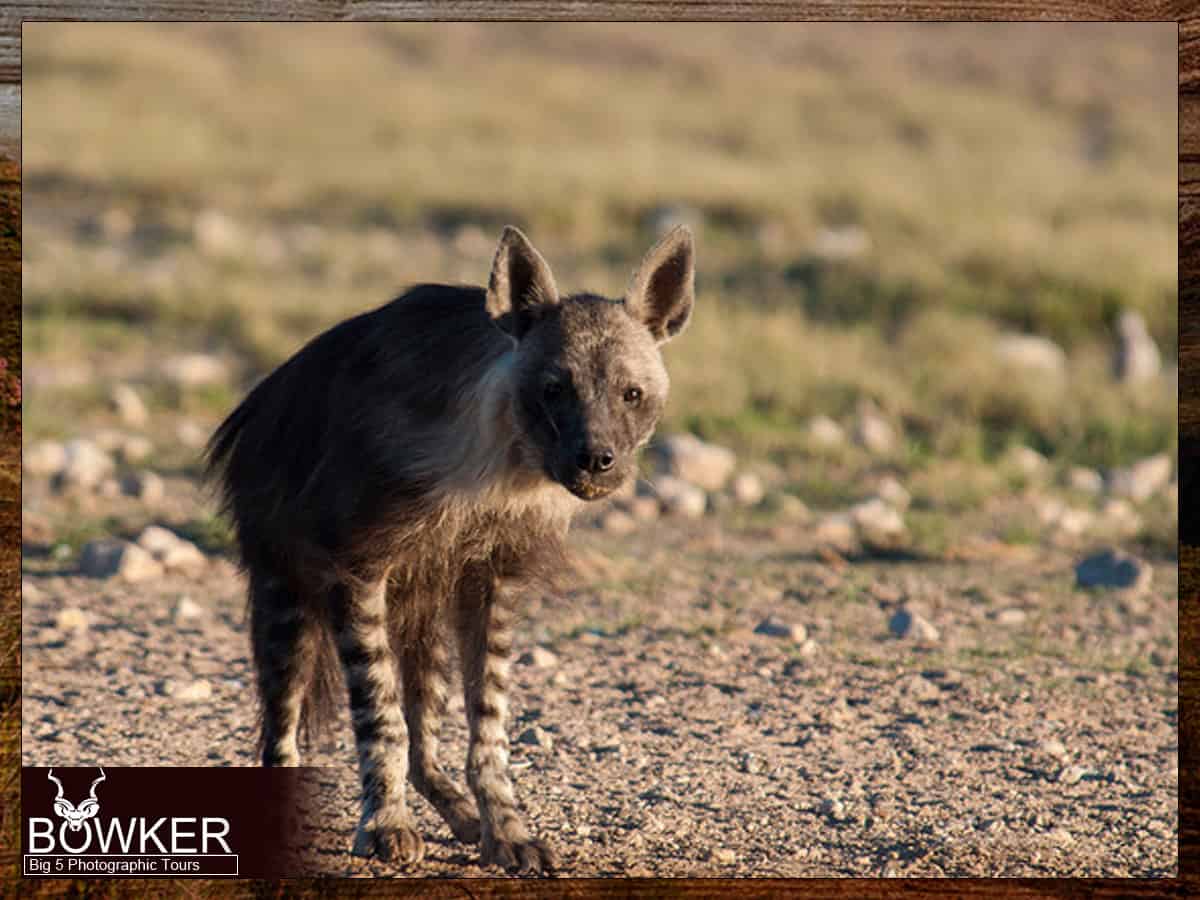
Picture this: a wildlife sanctuary that echoes with the untamed calls of native species, a playground for the intrepid adventurer where every trail is an invitation to explore, and a haven of profound serenity where the rugged landscapes weave a tapestry of tranquility. Karoo National Park isn’t just a place; it’s an ode to the wonders of the natural world.
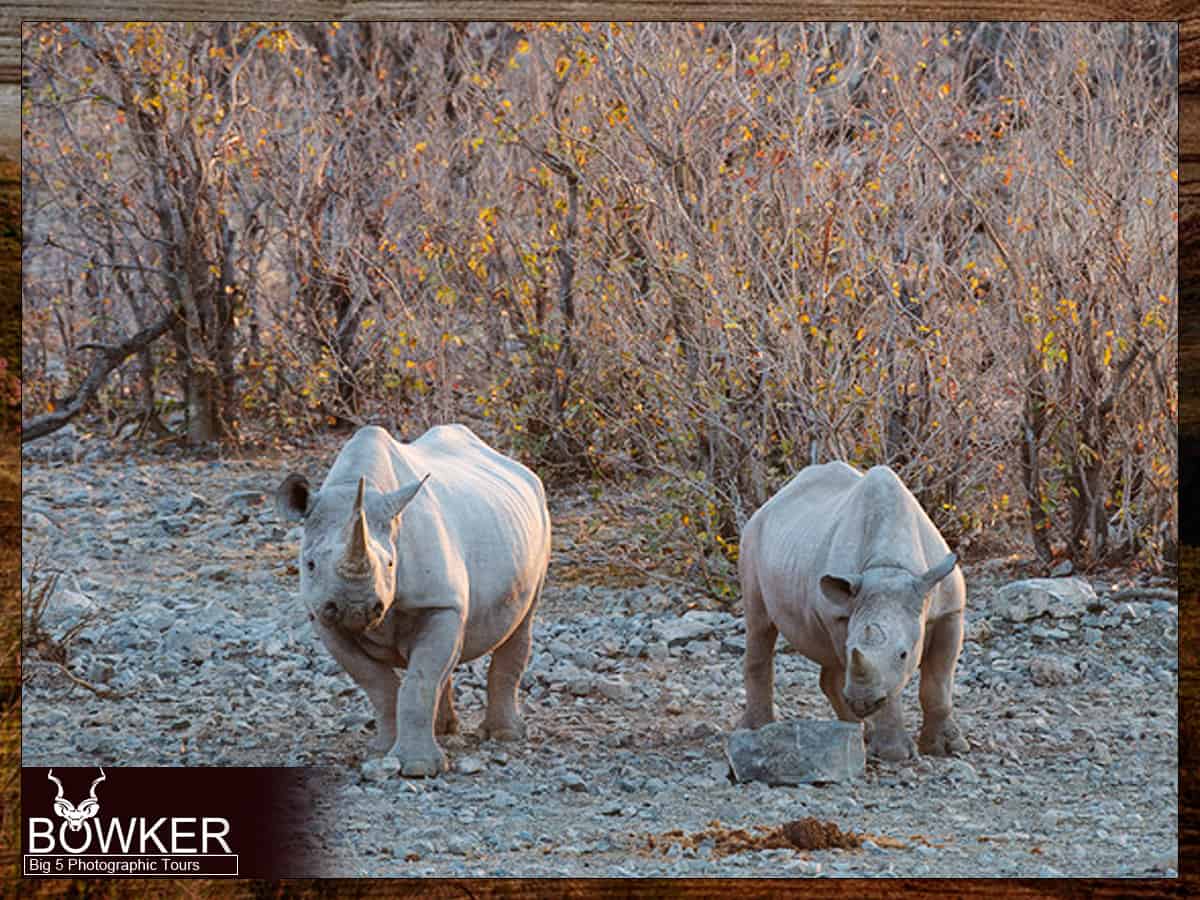
As you embark on this journey through our written guide, envision unlocking the secrets of Karoo National Park, where each page reveals a new chapter in the saga of this remarkable landscape. From the historical whispers of ancient San Bushmen etched in rock engravings to the modern-day symphony of wildlife that roams freely, the park is a living, breathing testament to the harmony of nature.
Join us as we peel back the layers of history, traverse the diverse topography, and unravel the biodiversity that makes Karoo National Park a jewel in the crown of South Africa’s conservation efforts. This guide isn’t just a collection of words; it’s your passport to an adventure that transcends the boundaries of the ordinary.

So, whether you’re a seasoned traveler seeking new horizons or a first-time explorer eager to dip your toes into the wonders of the wild, Karoo National Park welcomes you with open arms. Let the journey begin, and may each revelation in this guide spark the flames of curiosity that lead you to the heart of this enigmatic sanctuary.
Purpose of this post
We aim to unravel the captivating story that weaves through this extraordinary sanctuary. This isn’t just a park; it’s a living narrative, and you’re about to step into its pages.
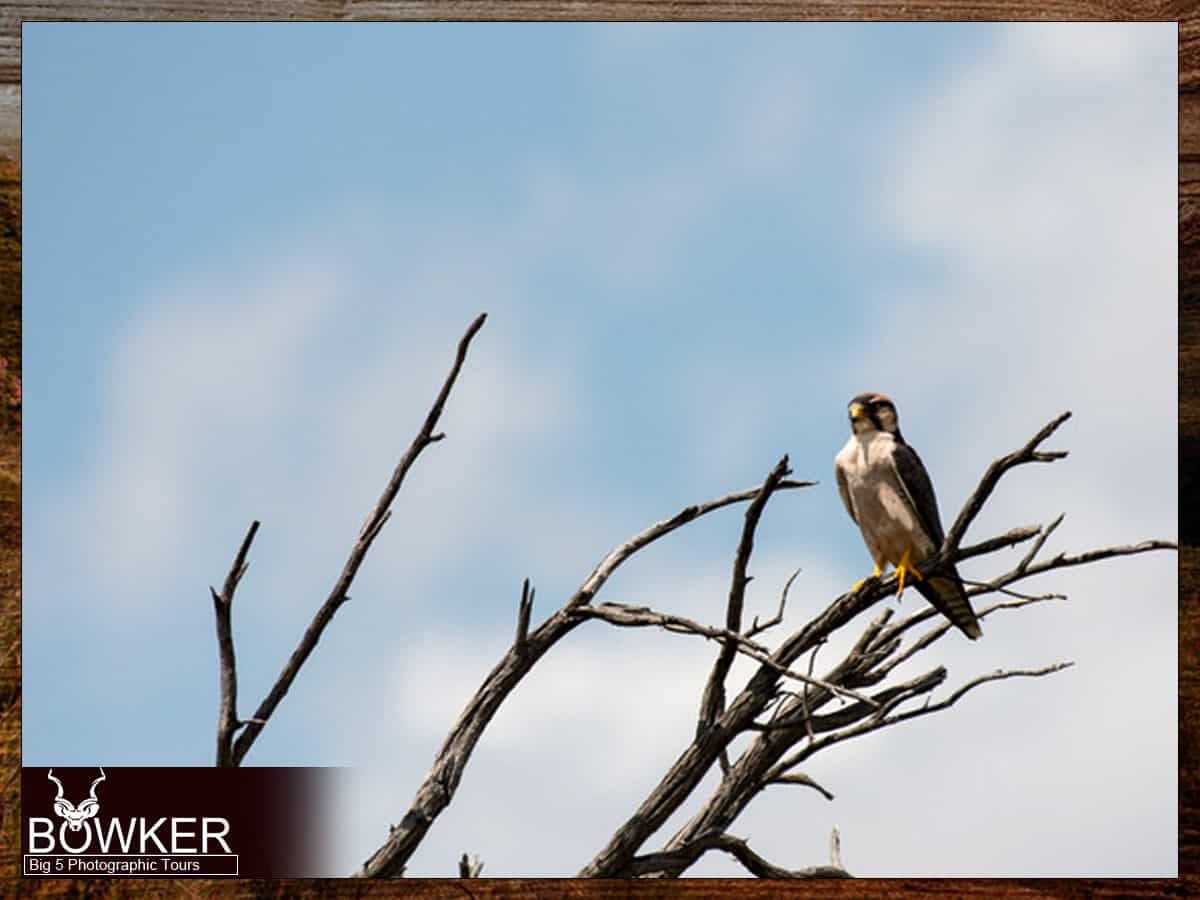
As we venture forth, our goal is simple: to unearth the secrets that make Karoo National Park a tapestry of wonder. Dive into its history, from ancient whispers to the footprints of growth and expansion. But we’re not just recounting events; we’re your companions through diverse landscapes, introducing you to the heartbeat of conservation that pulses through the park.
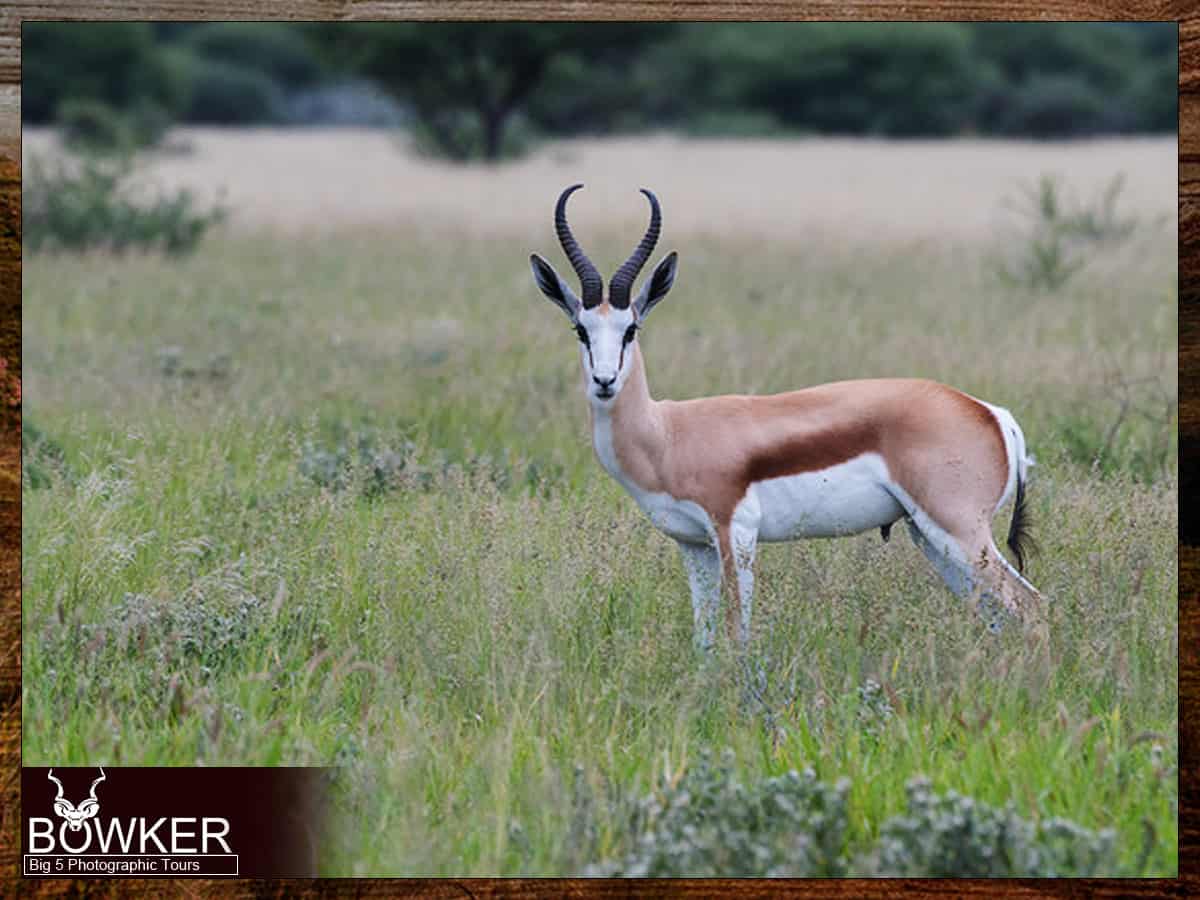
Beyond the allure of nature, we navigate the practicalities of planning your visit, ensuring your adventure is as seamless as the wind brushing over the Karoo landscapes. And when it comes to activities, oh, the choices! We’re not just detailing them; we’re inviting you to feel the wind in your hair on a self-drive safari, hear the symphony of birdlife, and marvel at the night sky’s constellations.
So, fellow traveler, let this be more than a read. Consider it an invitation to immerse yourself in the very heartbeat of Karoo National Park. Pack your curiosity, leave room for wonder, and let’s set forth into the heart of this untamed sanctuary together. The wilderness awaits, and so does your story within it.
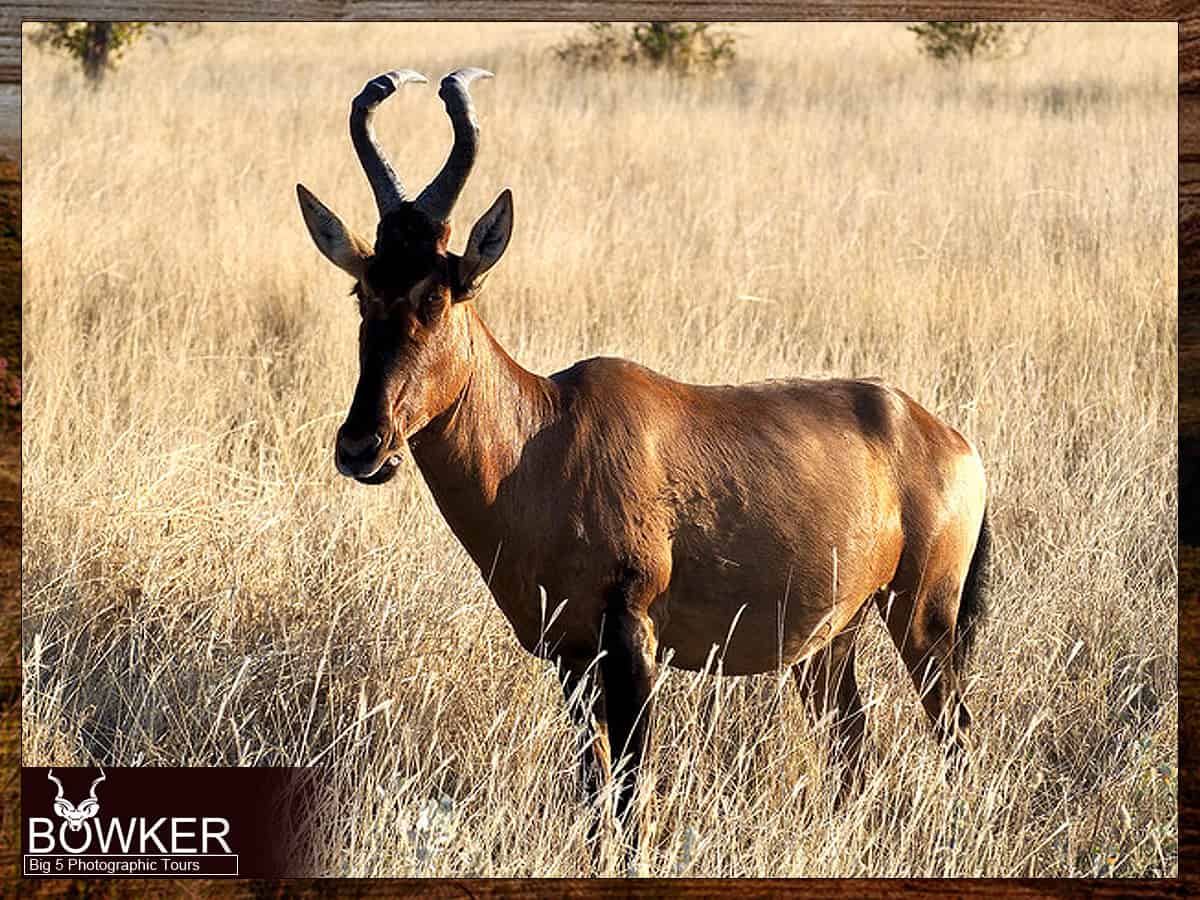
History of Karoo National Park
Origins and establishment
Karoo National Park has a fascinating history dating back to 1979 when it was officially recognized as a national park. However, the park’s origins can be traced back much further, as indigenous San Bushmen once inhabited these lands and left behind ancient rock engravings as evidence of their existence. The park was established to preserve the unique landscape and protect and showcase the region’s indigenous heritage.
The San Bushmen, also known as the Basarwa people, lived in the Karoo region for thousands of years before the arrival of European settlers. They were hunter-gatherers who had mastered living off the land and were deeply connected to the natural world. The San Bushmen left an extensive legacy of rock art, which can still be seen in many areas of the park today.
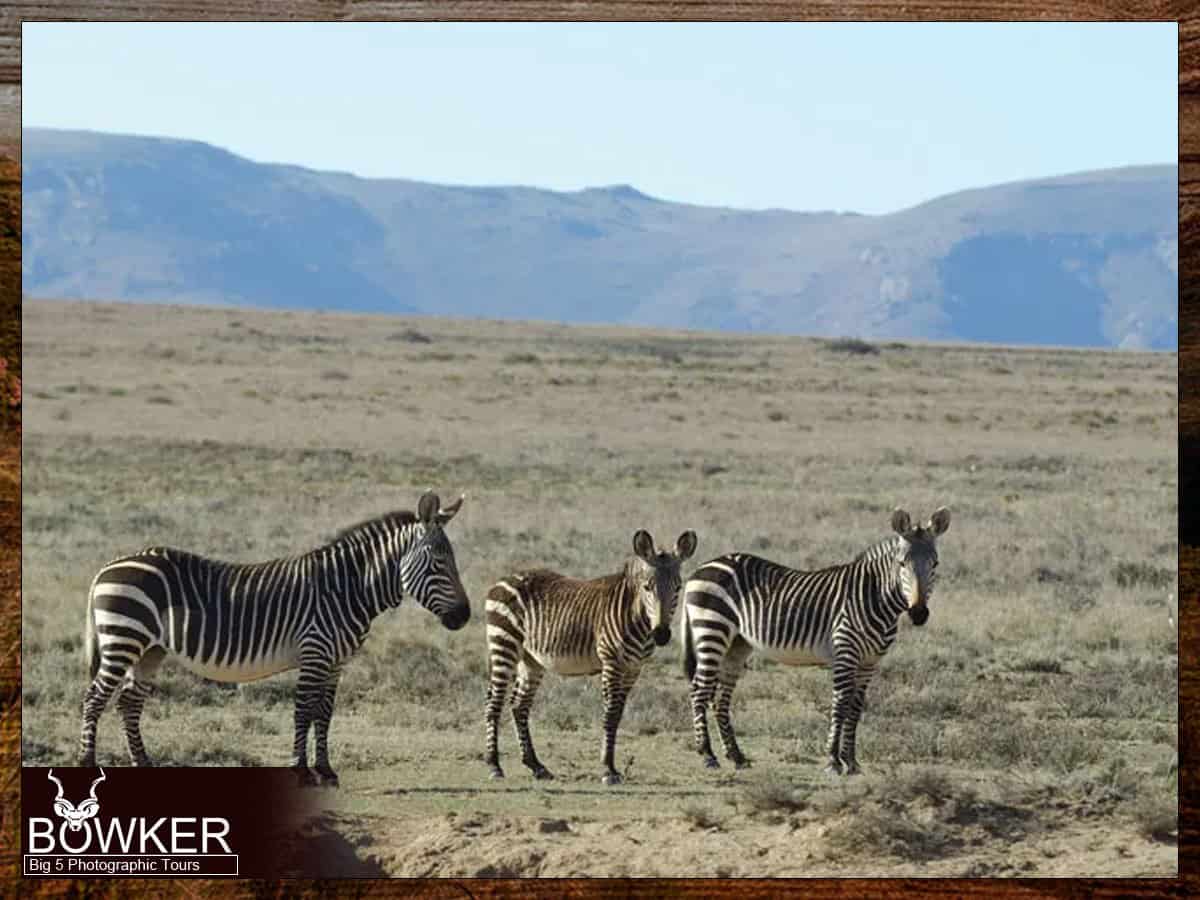
Establishing Karoo National Park in 1979 was a significant step towards preserving the region’s unique landscapes and indigenous heritage. The park, which covers an area of over 750 square kilometers, is home to a diverse range of flora and fauna, including several species of antelope and zebra and predators such as leopards and brown hyenas.
Visitors to the park can explore the rugged terrain on foot or by car, taking in the breathtaking scenery and spotting wildlife along the way. The park also offers guided tours, which provide an opportunity to learn more about the San Bushmen, their way of life, and the park’s ongoing conservation efforts.
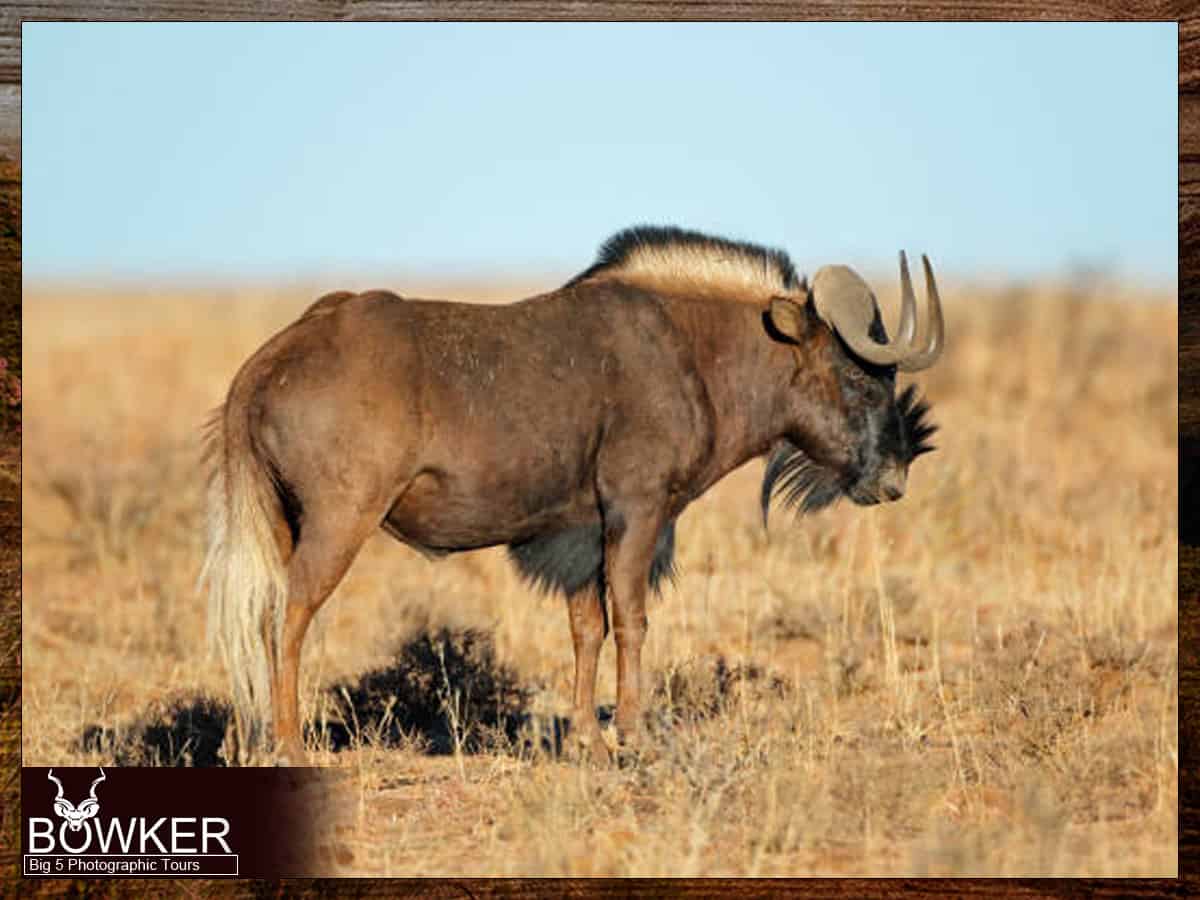
Growth and expansion
Karoo National Park is a true testament to the power of preservation and the value of conservation. Over the years, this incredible park has grown and expanded from its humble beginnings to become one of the most diverse and fascinating protected areas in South Africa.
In the early days, Karoo National Park covered just 20,000 hectares, a relatively small area compared to other national parks in the region. But even then, it was clear that this was a special place that deserved careful attention and protection. As the years went by, the park’s boundaries began to expand, incorporating more and more land into its protected area. Today, Karoo National Park spans over 90,000 hectares.
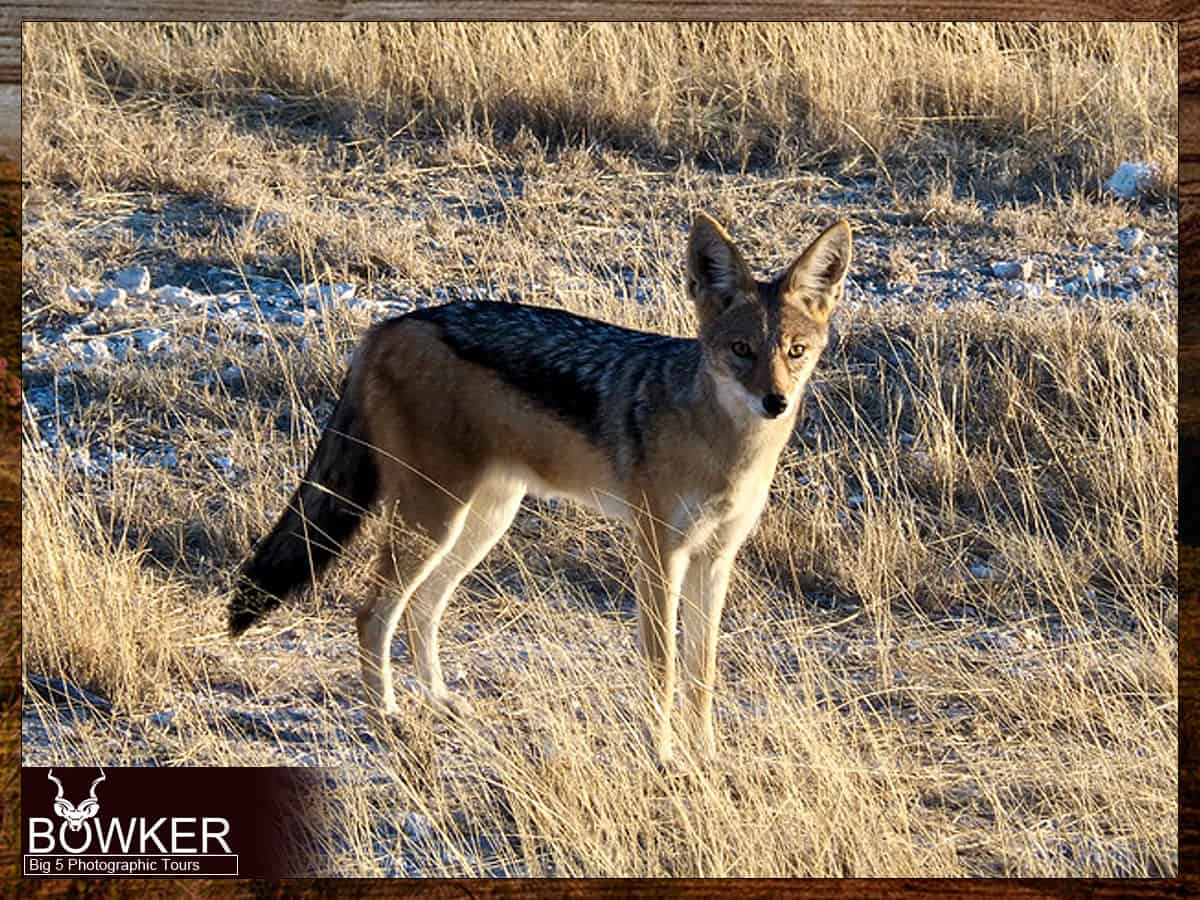
But the growth of Karoo National Park isn’t just about preserving land – it’s also about safeguarding the incredible diversity of life that calls this place home. With each new expansion, the park has been able to protect a wider array of ecosystems, ensuring that plants and animals of all shapes and sizes have a safe place to live and thrive. The park’s diverse landscapes support everything from vast herds of antelope to tiny, rare insects, making it a true haven for biodiversity.
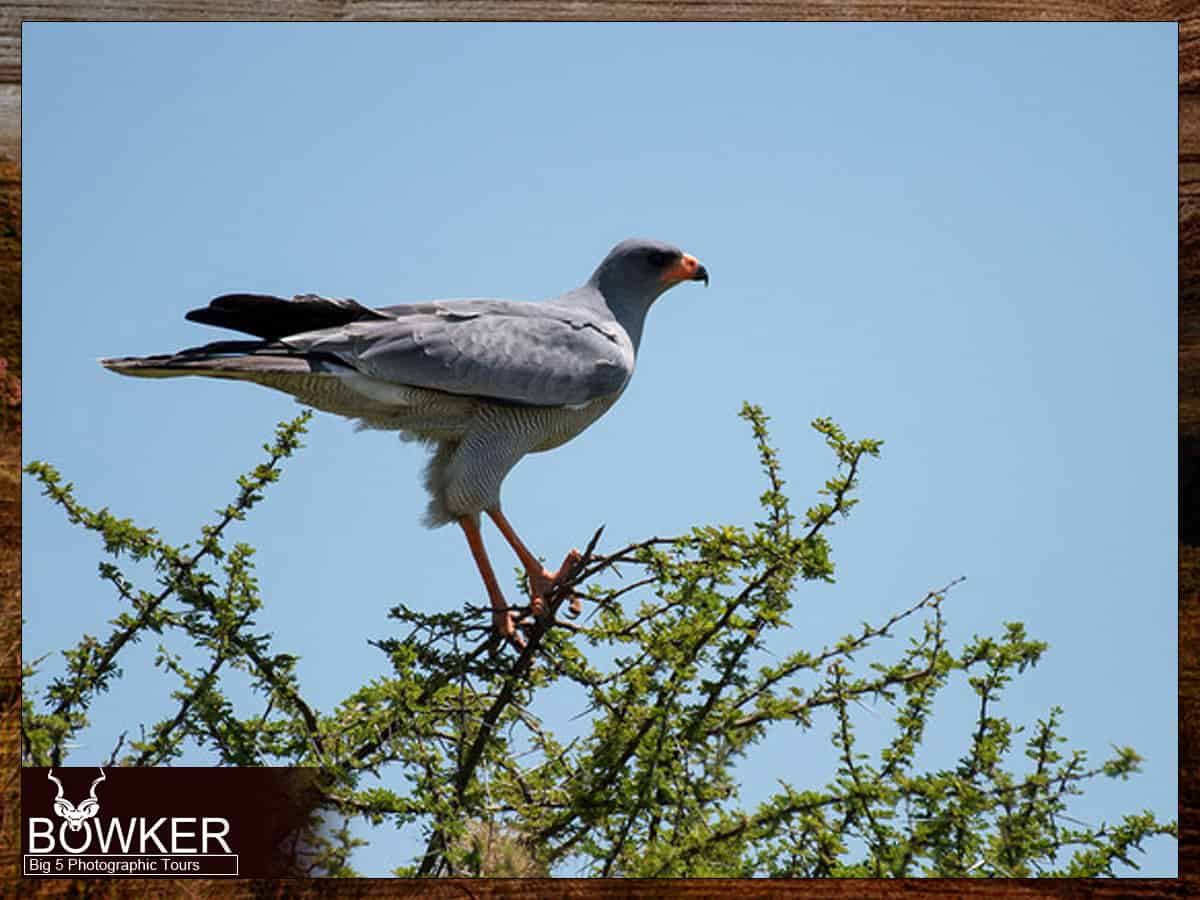
Of course, the expansion of Karoo National Park hasn’t been without its challenges. As the park has grown, it has had to contend with issues like habitat fragmentation, invasive species, and climate change. But thanks to the tireless efforts of conservationists and park rangers, these challenges have been met head-on, and the park continues to flourish. Today, Karoo National Park is a shining example of what can be achieved when we work together to protect our natural world.

Significance of the park
Karoo National Park is a place of immense natural beauty and cultural significance. As one of the oldest parks in the country, it boasts a rich and diverse history that has shaped the landscape and the people who call it home.
For thousands of years, the Khoisan people have lived in the Karoo region, adapting to its harsh semi-arid climate and establishing a unique culture that is still celebrated today. Their traditions and practices are integral to the park’s identity, and visitors can experience them firsthand by attending cultural events and interacting with local communities.
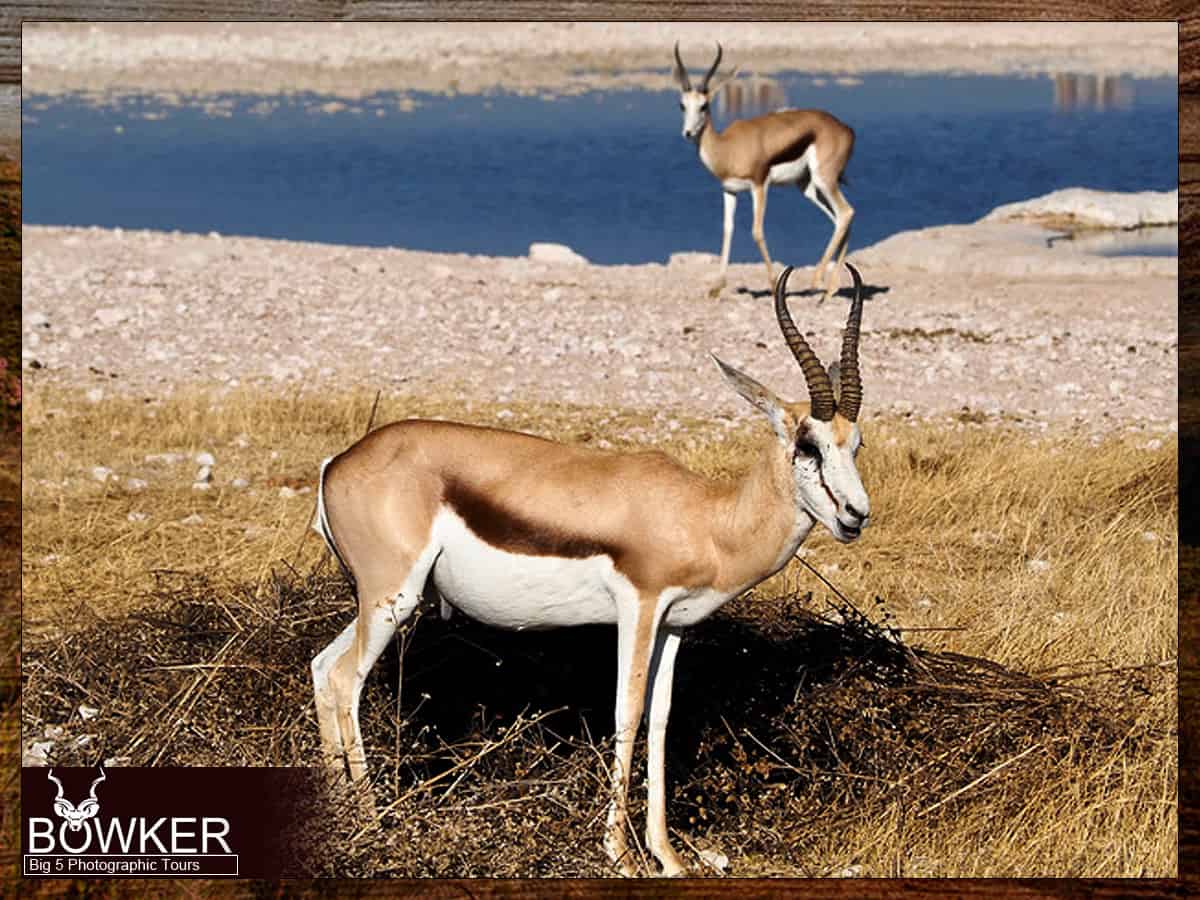
But Karoo National Park is not just a repository of history. It is also a dynamic laboratory for ecological research, where scientists can study the interactions between species and the effects of environmental changes on ecosystems. The park’s diverse flora and fauna, including rare and endangered species, have adapted to the unique conditions of the Karoo, making it a fascinating place to explore and learn.
Visitors to Karoo National Park can hike through rugged mountains, explore winding canyons, and marvel at the striking rock formations that dot the landscape. They can spot rare antelope species like the black rhino, the Cape mountain zebra, and the springbok or observe the park’s many bird species, including the majestic Verreaux’s eagle.
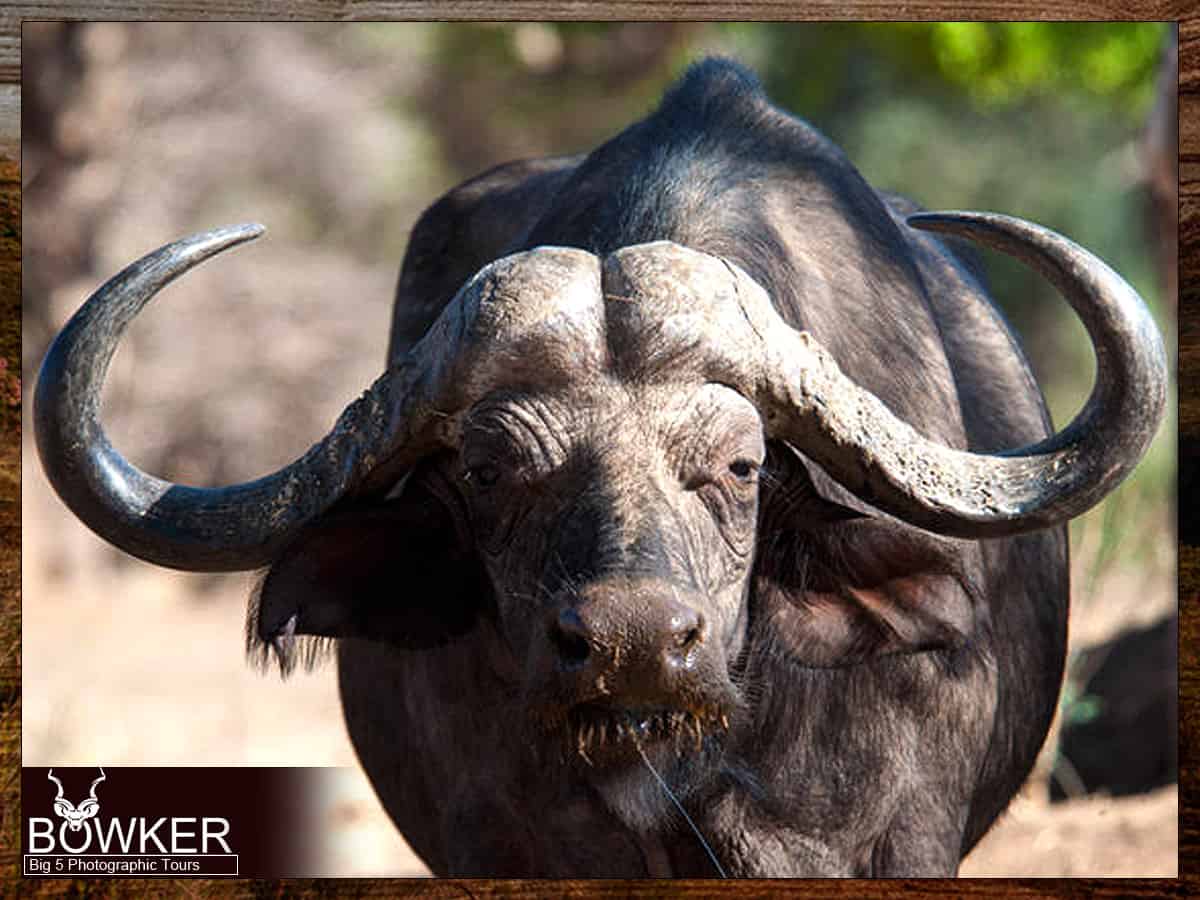
However, the significance of Karoo National Park extends far beyond its borders. As one of South Africa’s premier conservation areas, it plays a crucial role in protecting and preserving the environment and its natural resources. By promoting sustainable tourism and responsible management of the park’s resources, Karoo National Park is helping to create a brighter future for the region and the world.
In short, Karoo National Park is a must-visit destination for anyone who loves nature, culture, and adventure. Its unique blend of history, ecology, and beauty make it a place unlike any other and a true national treasure of South Africa.
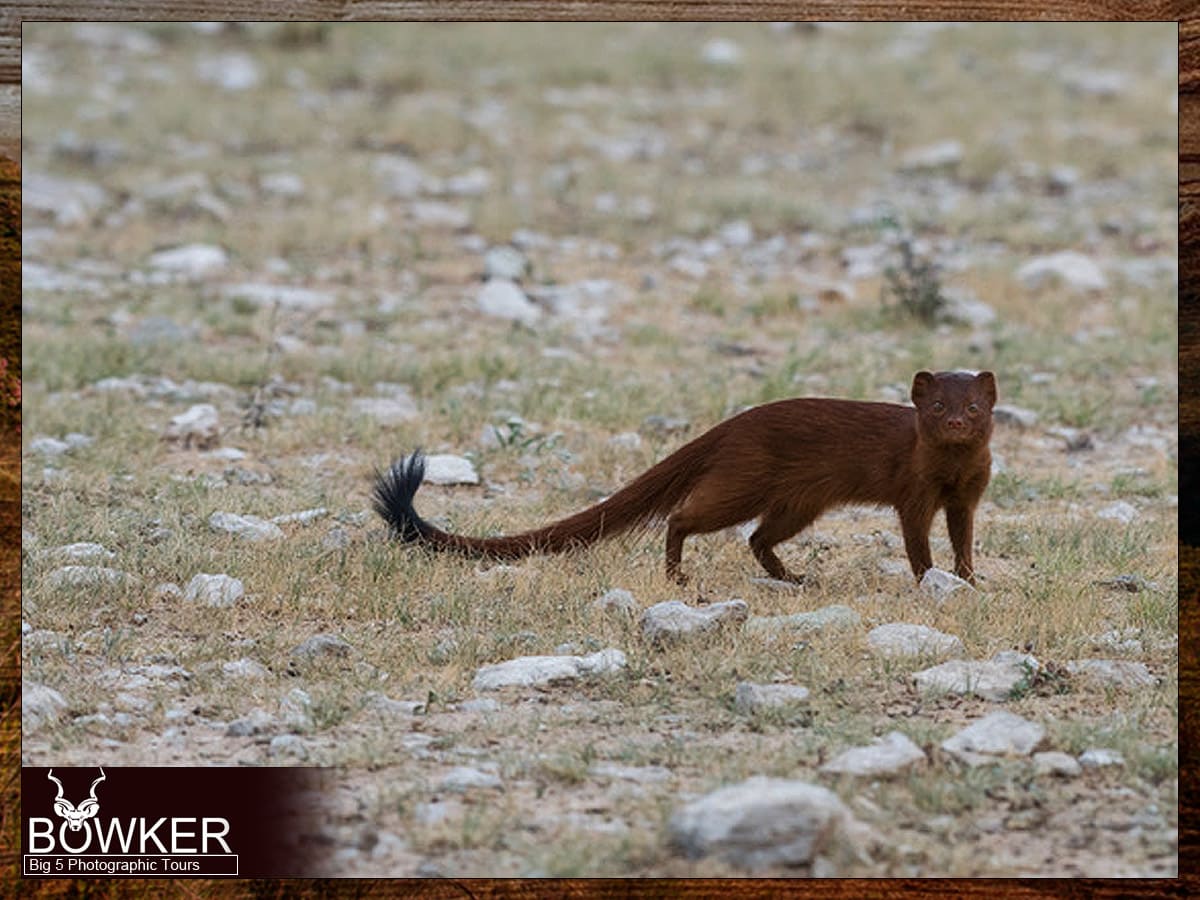
Location and Geography
Geographic location
Karoo National Park is located in central South Africa, spanning three provinces – the Eastern Cape, Western Cape, and Northern Cape. The park is situated in the heart of the Great Karoo. This vast semi-desert region covers more than 400,000 square kilometers. The park’s location in this unique region provides a distinctive landscape of rolling plains, rocky outcrops, and rugged mountains.
The park is easily accessible by road, and there are several routes that visitors can take to reach it. The most common course is via the N1 highway, which connects Johannesburg to Cape Town. Visitors can take the R381 to reach the park’s entrance gates.
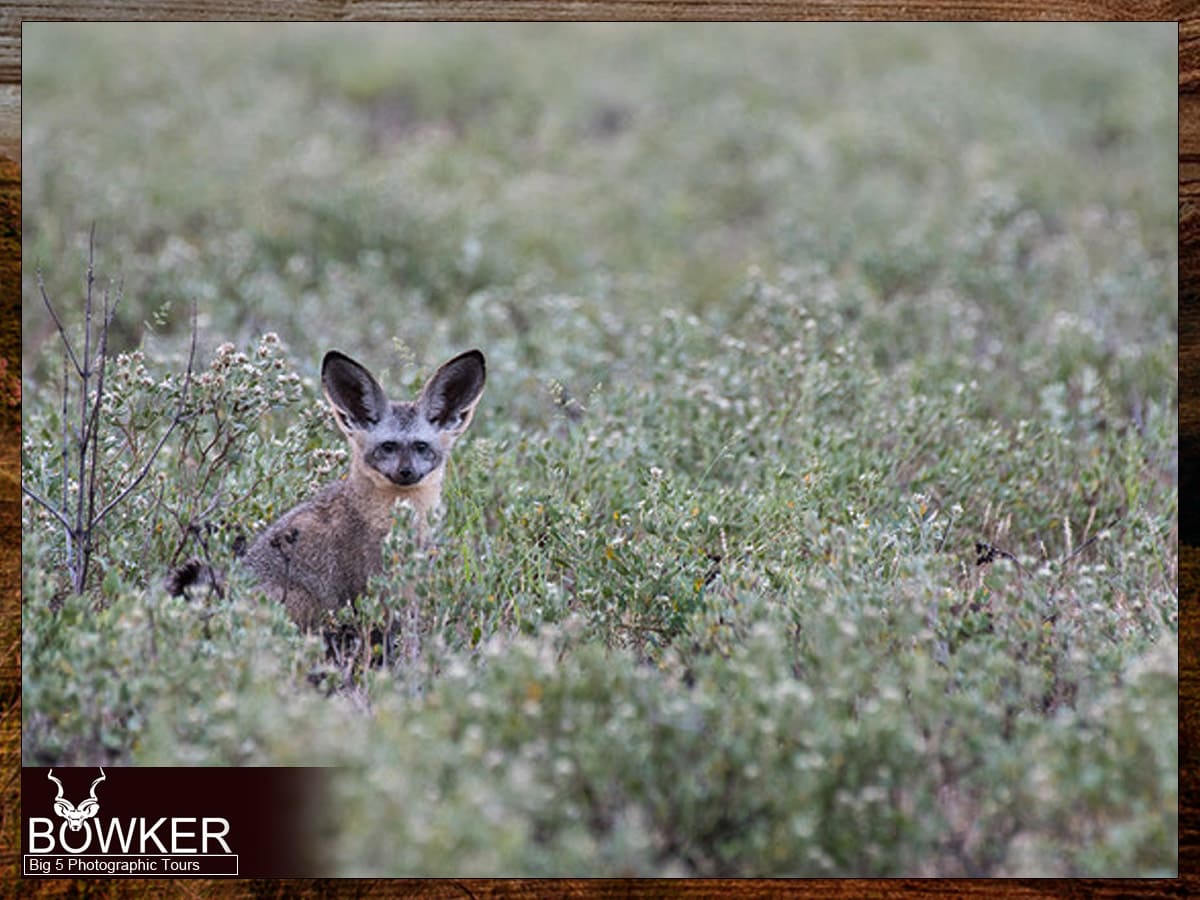
The park’s location also provides it with a diverse range of flora and fauna. The semi-arid climate of the Karoo region has resulted in a unique ecosystem where plants and animals have evolved to survive in the harsh conditions. Visitors can expect to see a variety of antelope species, such as springbok, gemsbok, and red hartebeest, as well as predators, such as brown hyenas and black-backed jackals. Bird enthusiasts will also be delighted with the over 200 bird species that call the park home, including the majestic black eagle and the endangered Ludwig’s bustard.
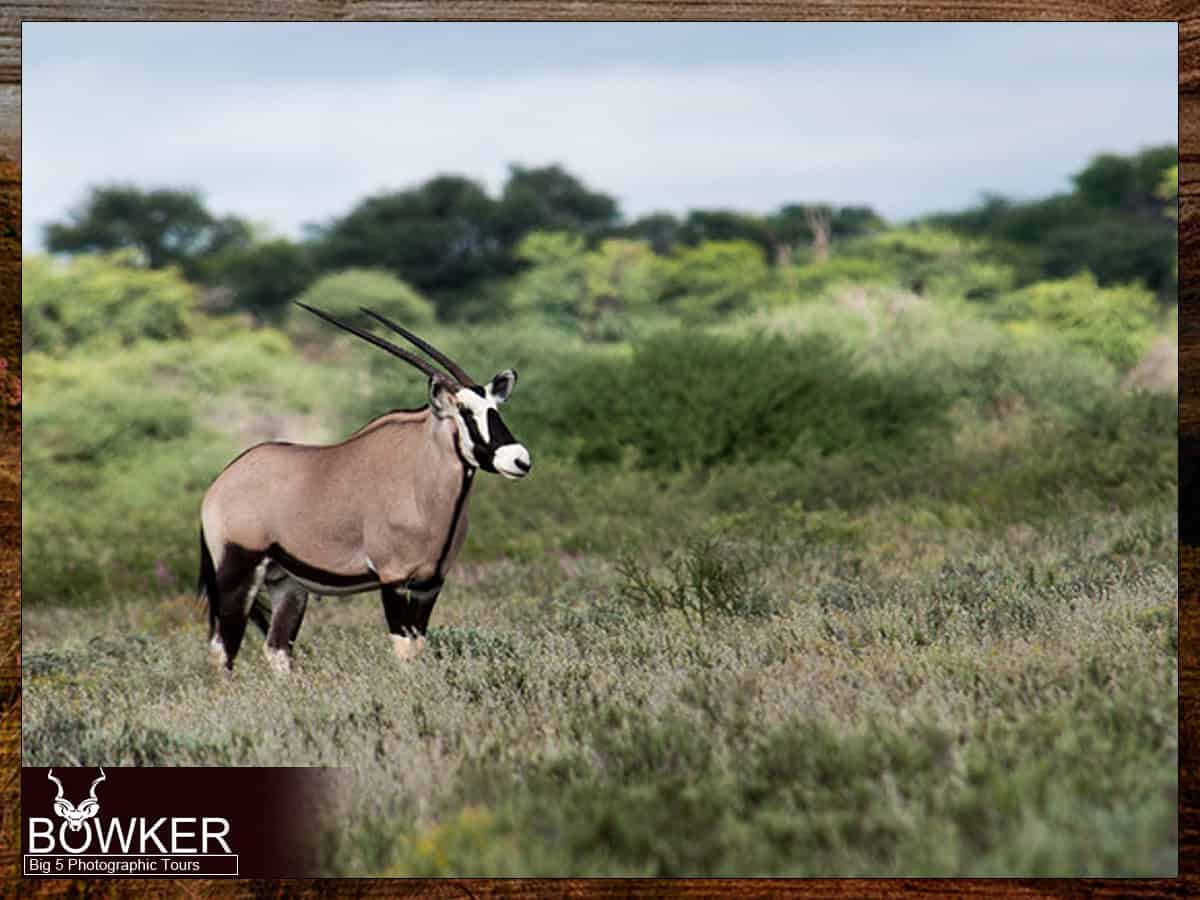
The park’s location in the Great Karoo region makes it a unique and fascinating destination for nature lovers and adventurers.
Topography and ecosystems
Karoo National Park boasts a diverse topography home to an incredible variety of life. The park’s plateaus, mountains, and river systems offer visitors many exploration opportunities.
One of the most striking features of the Karoo National Park is its topography. The plateaus are a sight to behold, stretching out as far as the eye can see and creating a sense of awe and wonder in visitors. The rugged mountains provide a stunning backdrop to the park, standing tall and proud against the horizon. The intricate river systems that flow through the park are a lifeline to the many species that call this place home.
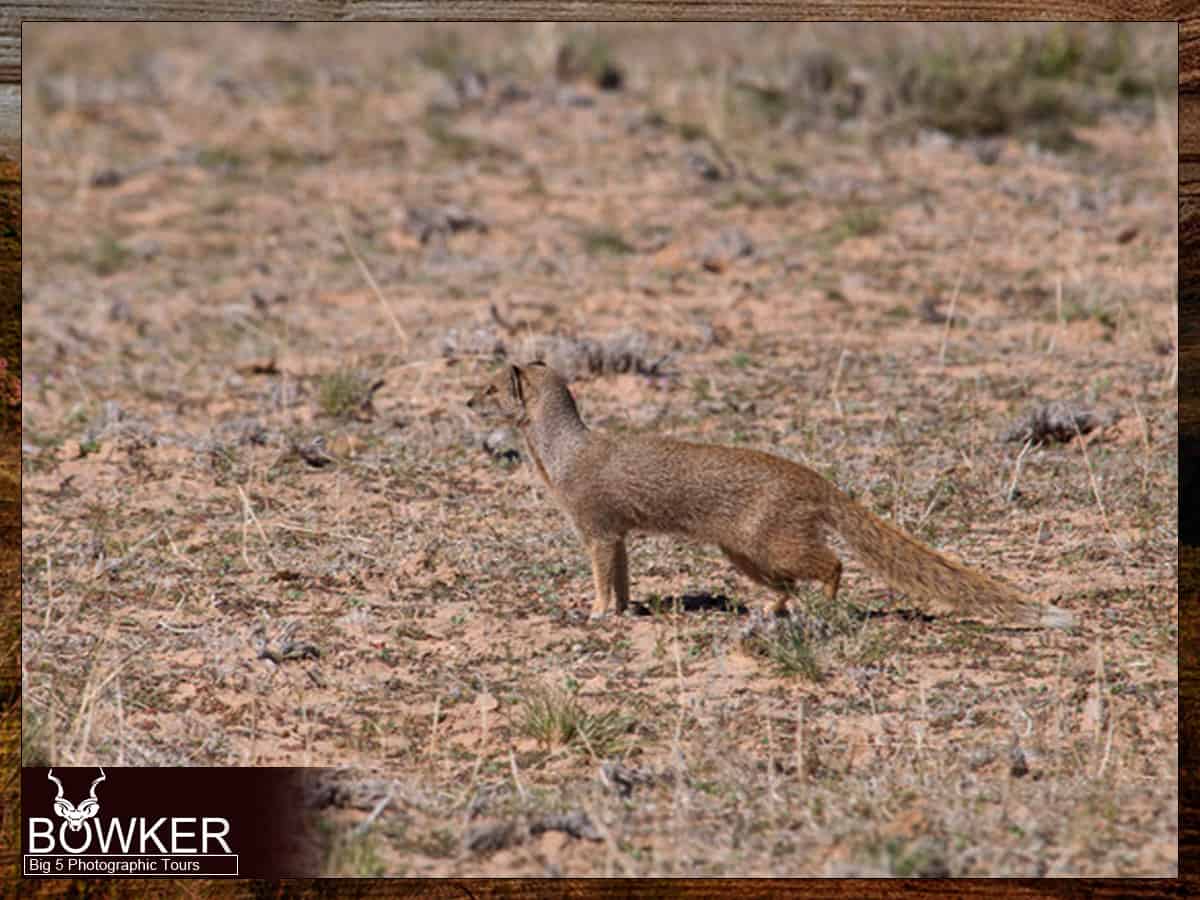
But it’s not just the topography that makes the Karoo National Park unique. The park is also home to various ecosystems. Each habitat is a world unto itself, from the Nama Karoo vegetation to the thorny shrublands and semi-desert landscapes.
The Nama Karoo vegetation is a fascinating ecosystem, with its hardy succulents and other unique plant species. These plants have adapted to the harsh conditions of the Karoo and can survive in the arid landscape where other plants would wither and die.
The thorny shrublands are another ecosystem that is home to a diverse array of species. From birds to reptiles and mammals, the shrublands are a bustling hub of activity.
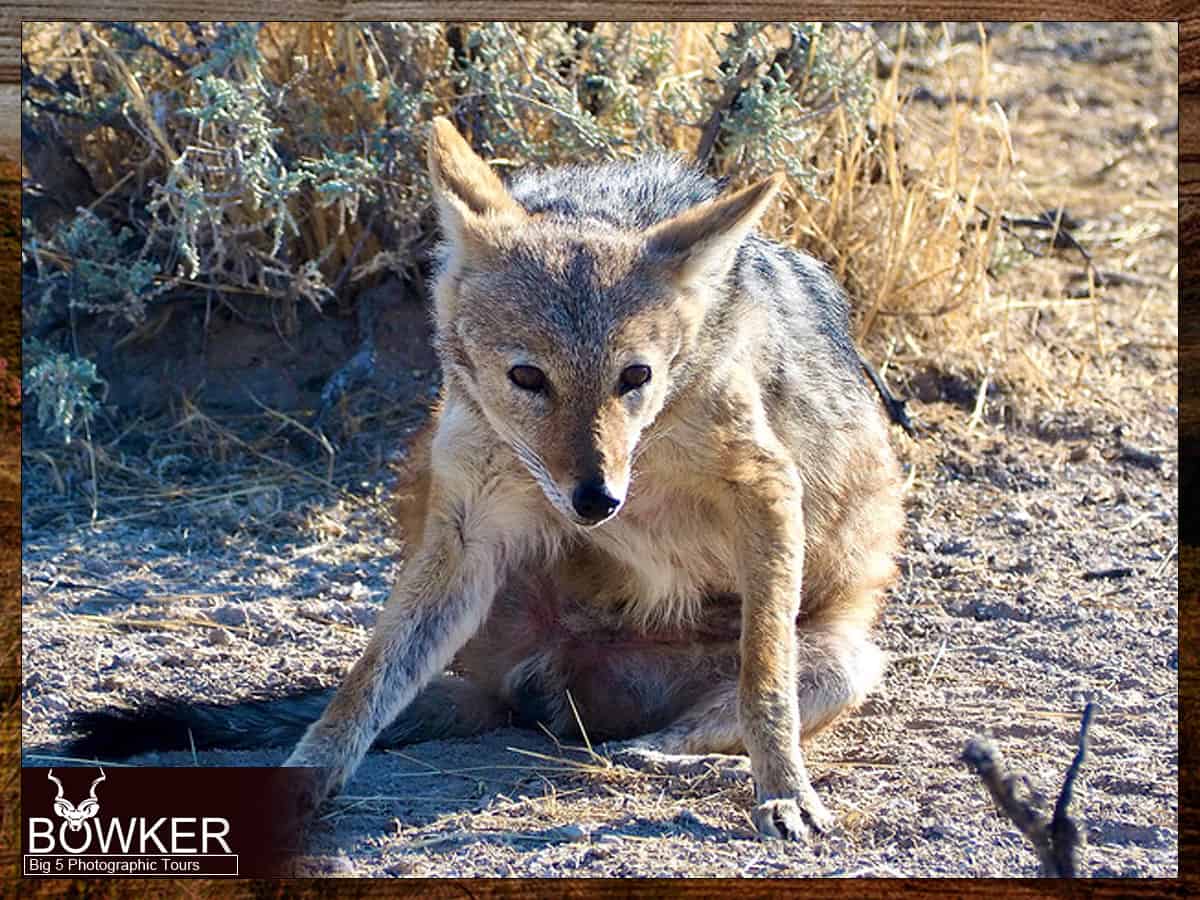
All in all, the Karoo National Park is a natural wonder that is well worth exploring. Its diverse topography and ecosystems offer visitors a glimpse into the fascinating world of nature and a chance to connect with the wild.
Climate and weather
Karoo National Park is a place of extremes, but it’s not just the scenery that’s extreme – the weather can be just as wild. The park experiences a climate that’s as fickle as it is fascinating, with temperatures that can swing from scorching to freezing in the blink of an eye.
The summer months run from November to February and are a time of scorching heat and searing sun. Temperatures can soar well into the 40s Celsius, making park exploration challenging. But despite the heat, summer is also a time of new beginnings in Karoo. The park’s wildlife comes to life, with newborn animals taking their first tentative steps and the landscape blooming with wildflowers.
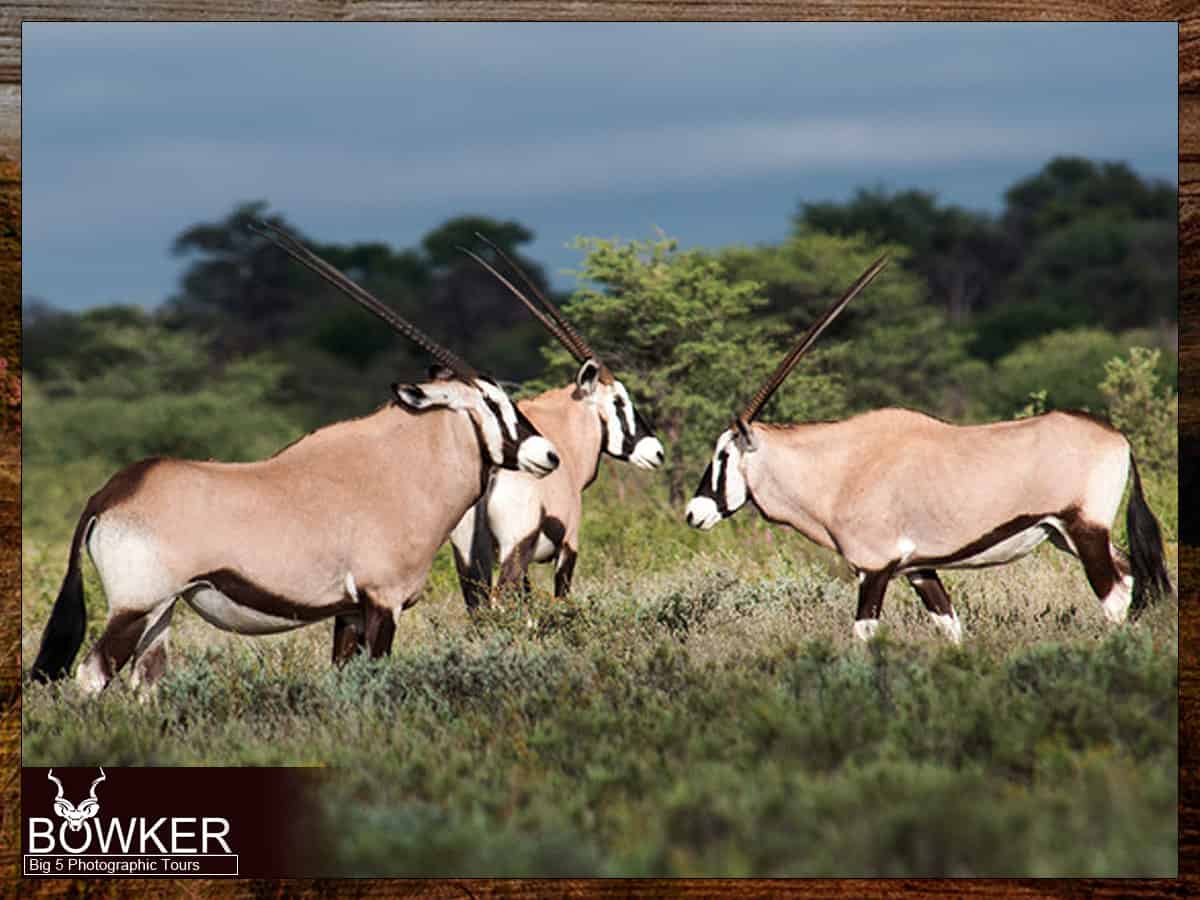
As summer fades and the autumn months set in, the park’s weather becomes more mellow. The days are still warm, but the evenings are cooler, making it a great time to explore the park’s rocky outcrops and hiking trails. By winter, which runs from June to August, the park is a very different place. The sun shines bright, and the skies are clear, but the temperatures plummet, often dropping below freezing at night. It’s a challenging time to visit, but for those brave enough to venture out, it’s a chance to experience the park in a completely different way.
Finally, as the winter fades and the spring months arrive, the park becomes more lively. The temperatures begin to rise, and the landscape slowly begins to turn green. It’s a time of rebirth and renewal as the park’s flora and fauna thrive again. Karoo National Park is a place of endless wonder, where the weather is just as fascinating as the landscapes themselves.
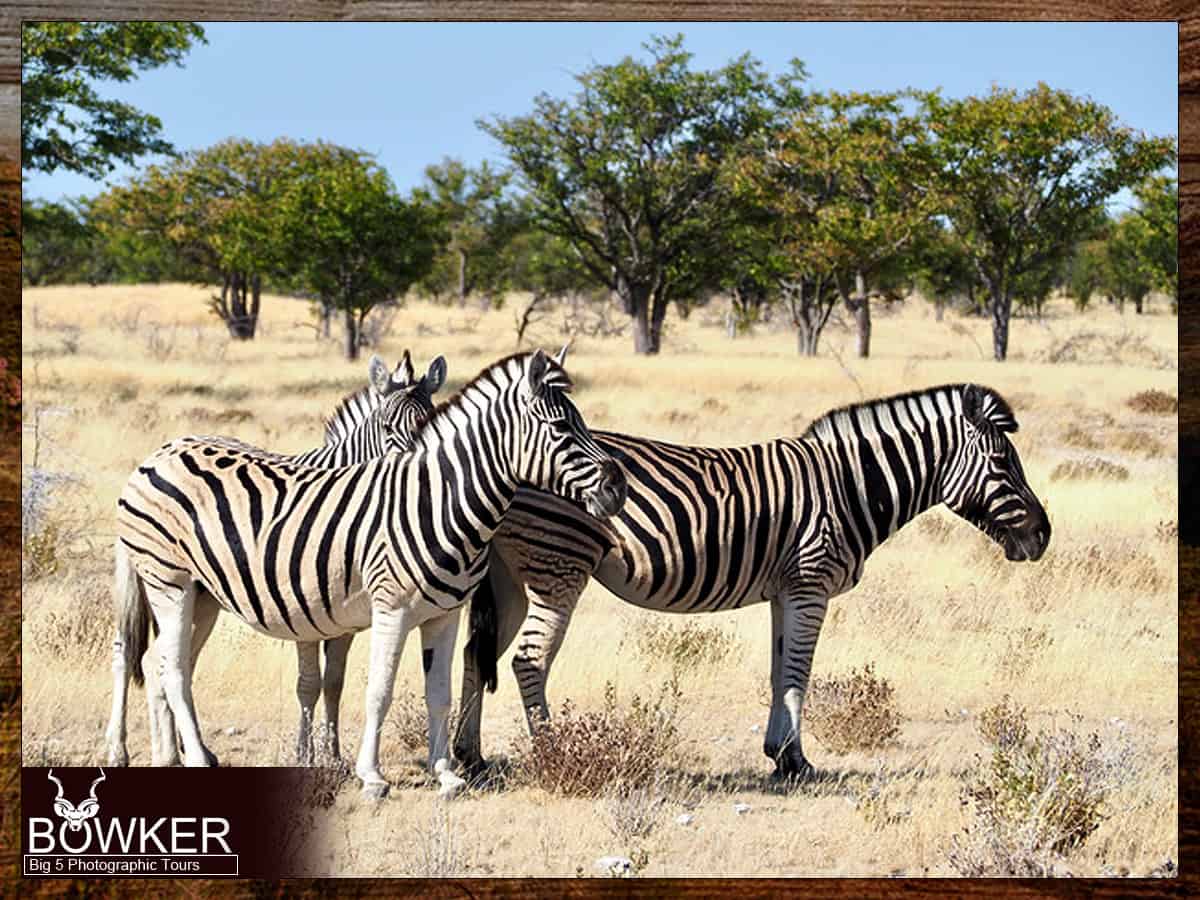
Biodiversity
Iconic wildlife species
The Karoo is a land of natural wonders, where iconic African wildlife species roam free. This massive wilderness is home to some of the most intriguing creatures imaginable. While the “Big Five” may not be found here, you’ll be thrilled to encounter the endangered Cape mountain zebra, the majestic gemsbok, and even the cheeky meerkats. These lesser-known residents of Karoo are just as impressive. With your camera at the ready, you’ll surely capture some unforgettable moments of their beauty. So get ready to be mesmerized by the untamed splendor of Karoo’s iconic wildlife species.
Unique or endangered species
You might see majestic lions and elusive aardvarks. But some unique and endangered species also call this remarkable park their home. One such species is the riverine rabbit, an elusive and endangered mammal found only in the Karoo region. With fewer than 500 individuals left in the wild, the riverine rabbit is one of the rarest mammals in the world.
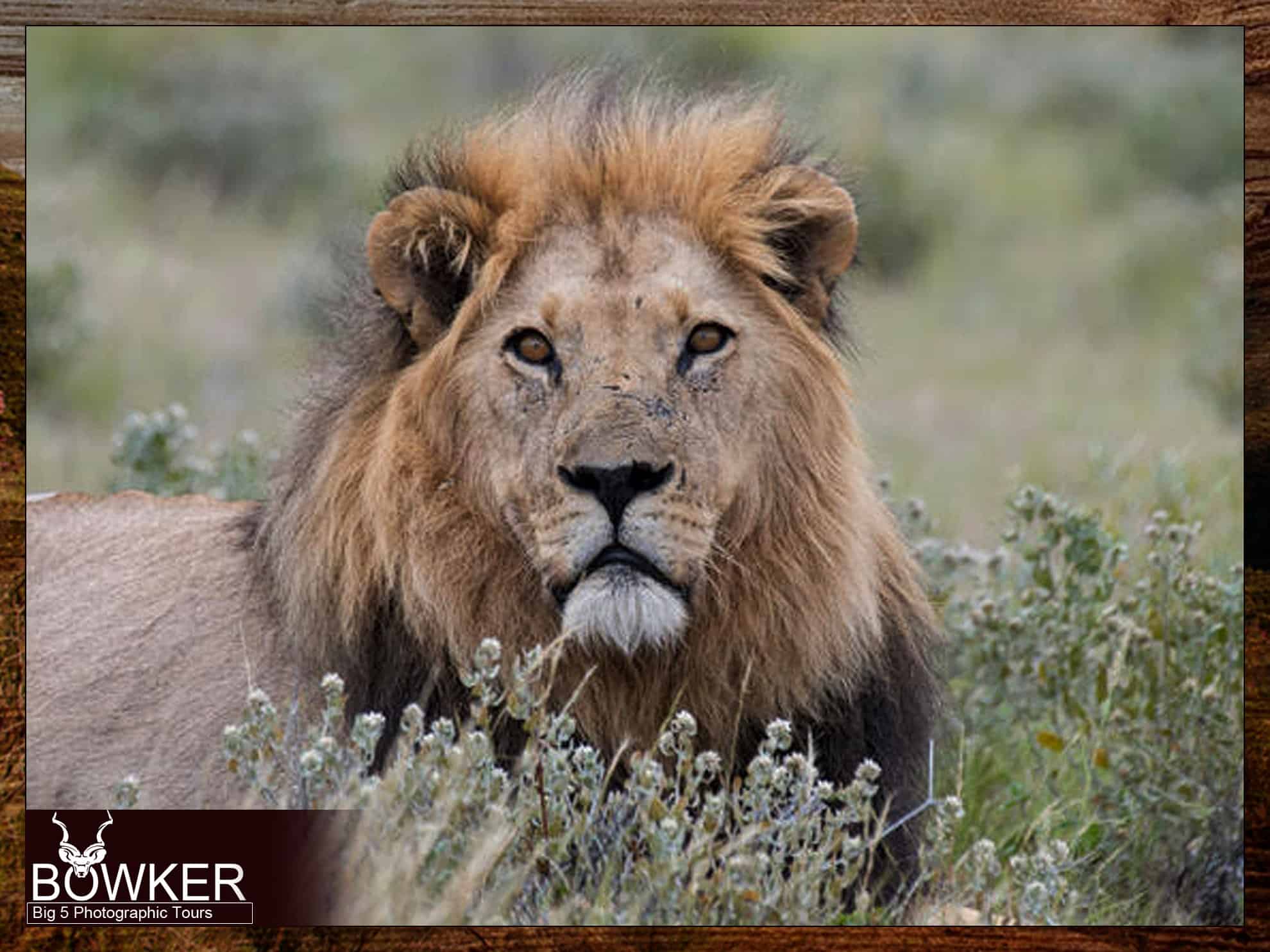
Another endangered species that can be spotted is the Cape Mountain zebra. These beautiful creatures are characterized by their distinctive black and white stripes, and they are only found in the mountainous regions of the Western Cape and the Eastern Cape. With fewer than 5,000 left in the wild, the Cape mountain zebra is a species that needs our protection.
Several unique bird species, such as the black harrier and the Ludwig’s bustard, can be found. The black harrier is a striking bird of prey that is listed as vulnerable. Ludwig’s bustard is a large, ground-dwelling bird endemic to southern Africa. By visiting Karoo National Park, you can witness these incredible creatures in their natural habitat and contribute to their conservation efforts.

Karoo National Park’s commitment to protecting its biodiversity is evident in its successful conservation programs, which aim to safeguard its unique flora and fauna for future generations. By visiting this remarkable park, you are immersing yourself in the enigmatic beauty of the Karoo and contributing to the conservation efforts that ensure the survival of its unique and endangered species.
Importance for Conservation
Karoo National Park is a location of great importance for conservation. The park’s unique habitat is threatened, and we must protect them. By visiting and supporting Karoo National Park, we can play a vital role in preserving the park’s biodiversity for future generations.
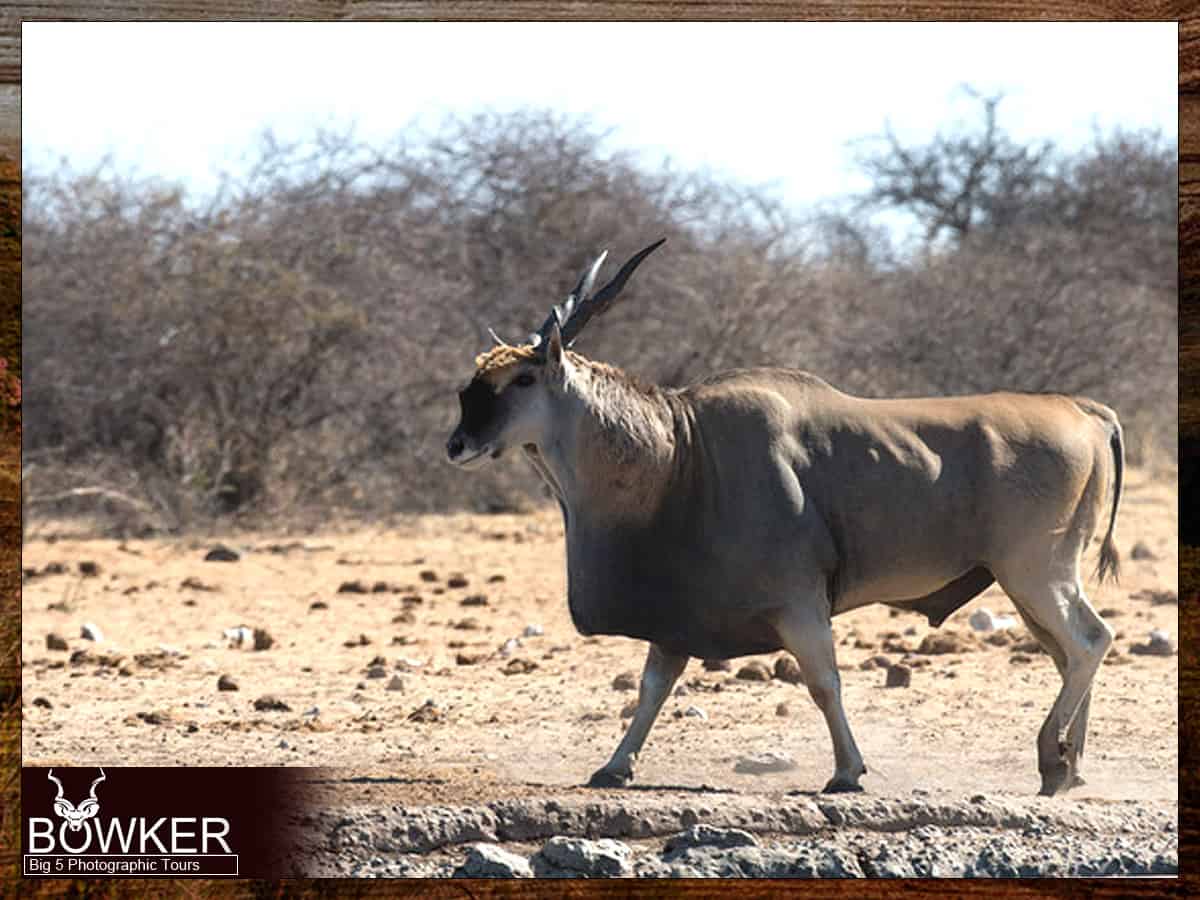
The park’s conservation efforts are impressive. It’s home to several endangered and unique species, including the elusive riverine rabbit and the majestic Cape Mountain zebra. We must work together to protect these species. Karoo National Park is achieving this goal with its effective conservation initiatives to protect its distinctive plant and animal life.
But conservation isn’t just about protecting individual species. It’s also about preserving the delicate balance of the ecosystem as a whole. The park’s rich biodiversity plays a crucial role in maintaining this balance, and it’s up to all of us to ensure that it remains intact. By supporting conservation efforts at Karoo National Park, we can help maintain the park’s natural beauty and surrounding areas.
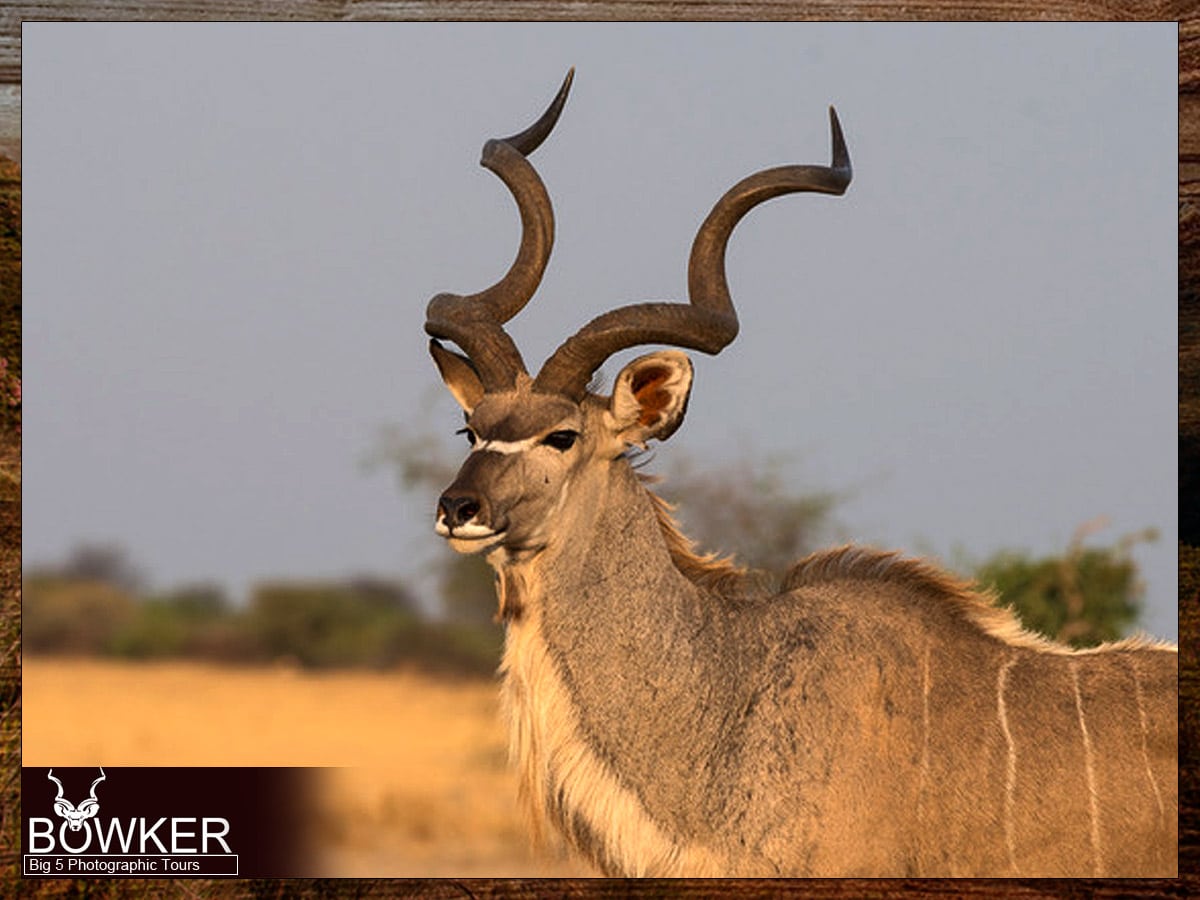
Activities and Attractions
Safari options (self-drive and guided)
When the call of the wild echoes through the rugged landscapes of Karoo National Park, there’s no better way to answer it than by embarking on a safari adventure. This isn’t your ordinary journey; it’s a passage into the heart of untamed beauty, where the flora and fauna of Karoo come alive in a symphony of life.
Self-Drive Safaris
For the spirited adventurers who crave the thrill of charting their own course, self-drive safaris in Karoo National Park offer the ultimate freedom. Picture yourself behind the wheel, the dust of the ancient earth rising as your vehicle traverses the winding trails. As you navigate diverse ecosystems, from Nama Karoo vegetation to thorny shrublands, encounters with wildlife unfold at your own pace. Keep your camera ready; each turn may reveal gemsbok herds grazing on the plains or a curious meerkat family emerging from their burrows. It’s not just a drive; it’s a personal odyssey into the wild.
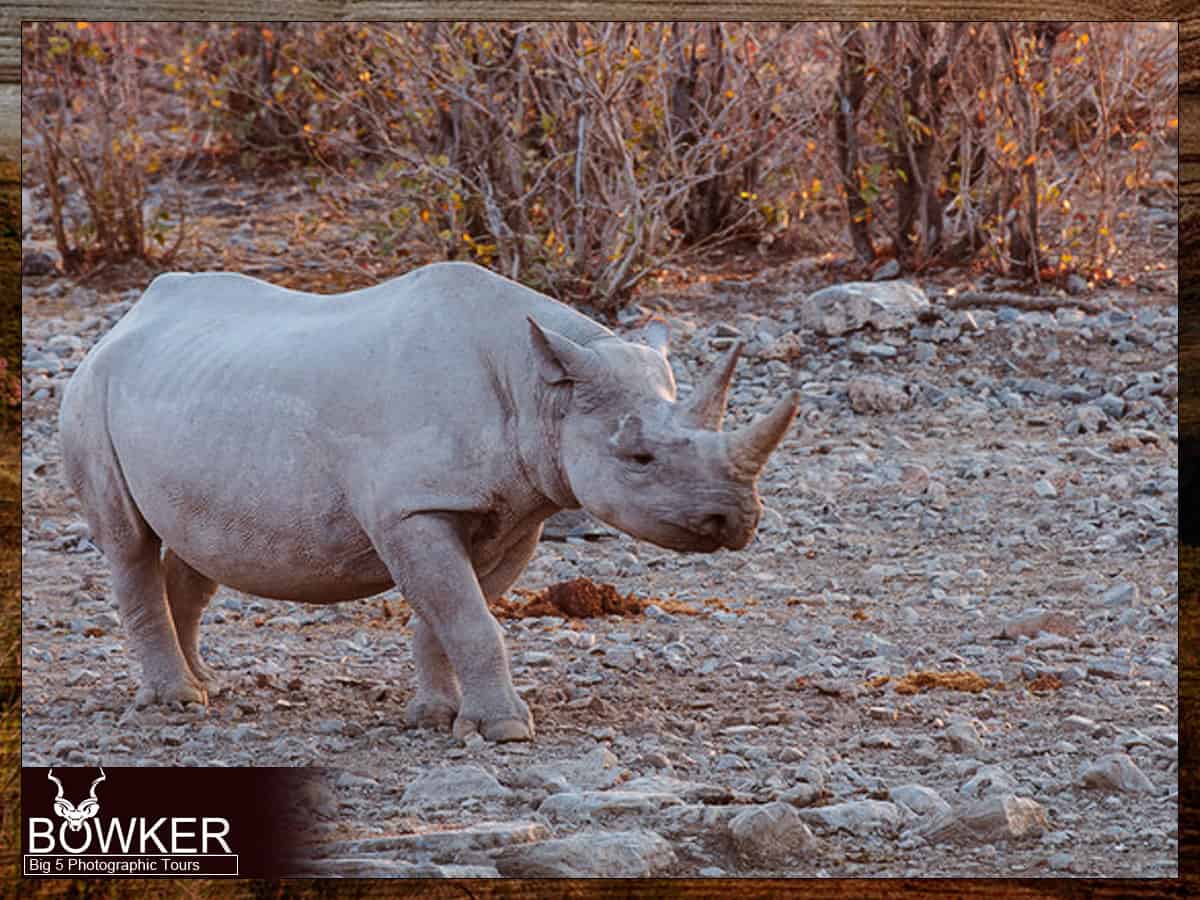
Guided Safaris:
If you prefer the wisdom of a seasoned guide to illuminate the secrets of the savannah, guided safaris in Karoo National Park are the gateway to curated exploration. Knowledgeable guides, well-versed in the nuances of the park, accompany you on a journey of discovery. From sharing tales of the park’s history to unraveling the behaviors of its residents, these guides transform your safari into a living, breathing narrative. Whether tracking the elusive riverine rabbit or witnessing the majestic Cape mountain zebra in its natural habitat, every moment becomes an immersive experience. Guided safaris aren’t just tours but a guided passage into the heart of Karoo’s wildlife wonders.
Night Safaris
As the sun dips below the horizon, a new realm of wonder unfolds during night safaris in Karoo National Park. The nocturnal symphony comes alive— the rustle of leaves, the calls of unseen creatures, and the mesmerizing display of the starlit sky. Guided by the soft glow of moonlight, these safaris unveil a different side of the park’s residents. Imagine the thrill of spotting elusive creatures like aardvarks or night-active birds that gracefully traverse the skies. Night safaris aren’t just a continuation of the day; they’re a magical journey into the mysteries of the Karoo night.
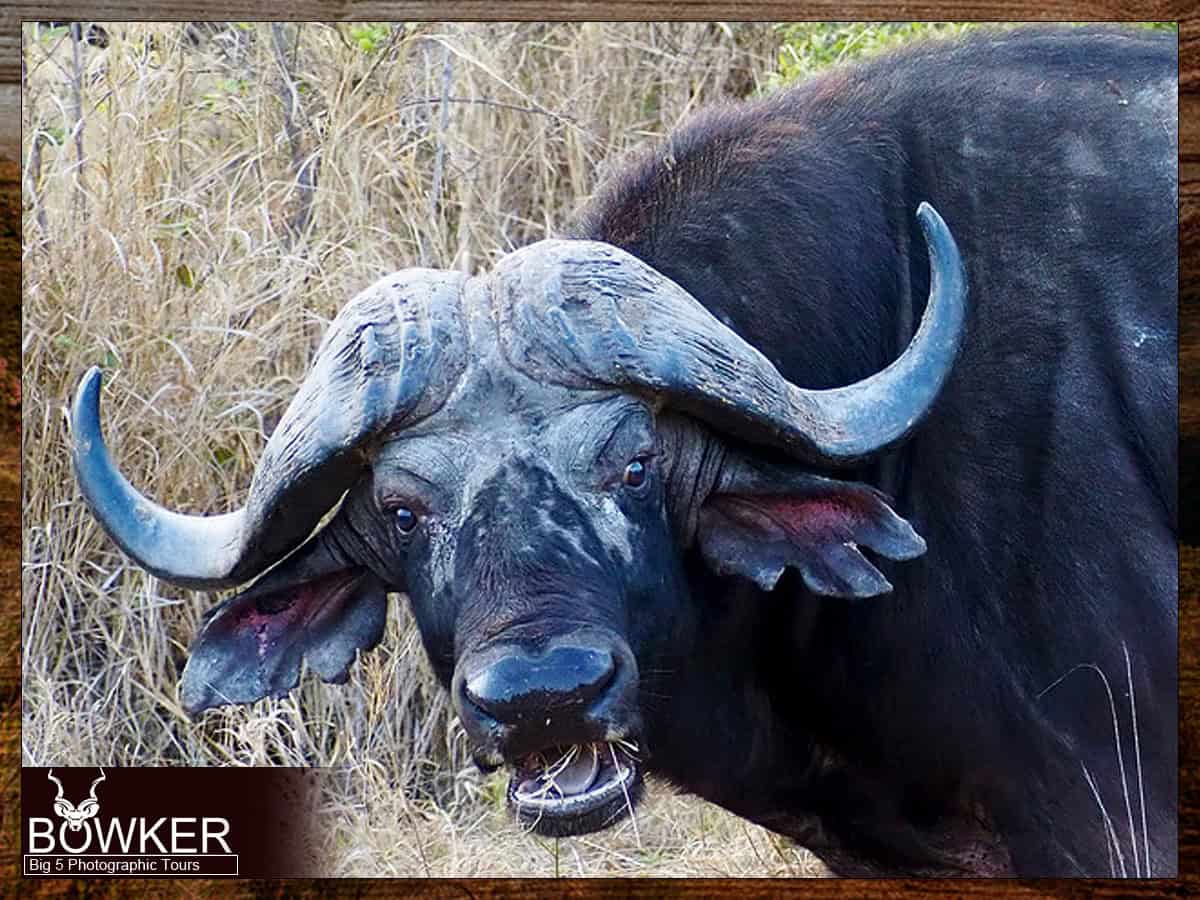
In Karoo National Park, a safari is not merely an excursion; it’s a sensory immersion into the raw beauty of nature. Whether you choose the independence of a self-drive adventure, the insights of a guided tour, or the enchantment of a night safari, each option offers a unique lens through which to witness the captivating tales written by the park’s flora and fauna. Prepare to be captivated.
4×4 Eco-Trails
The 4×4 Eco-Trails at Karoo National Park are a must-do for any nature enthusiast seeking an off-road adventure. These trails will take you on a journey through the park’s rugged terrain, where you will witness the untamed beauty of the Karoo up close and personal. With a range of trails, you can tailor your adventure to your skill level and interests, ensuring that every experience on the trail is unique.
As you traverse the 4×4 trails, you’ll encounter diverse ecosystems teeming with wildlife, from the iconic African elephant to the elusive riverine rabbit. The trails take you through various terrain, from rocky outcroppings to riverbeds, offering a thrilling and challenging ride. The trails are graded to ensure that you can choose a path that suits your driving skills, whether you’re a seasoned off-roader or a novice seeking a thrilling adventure.
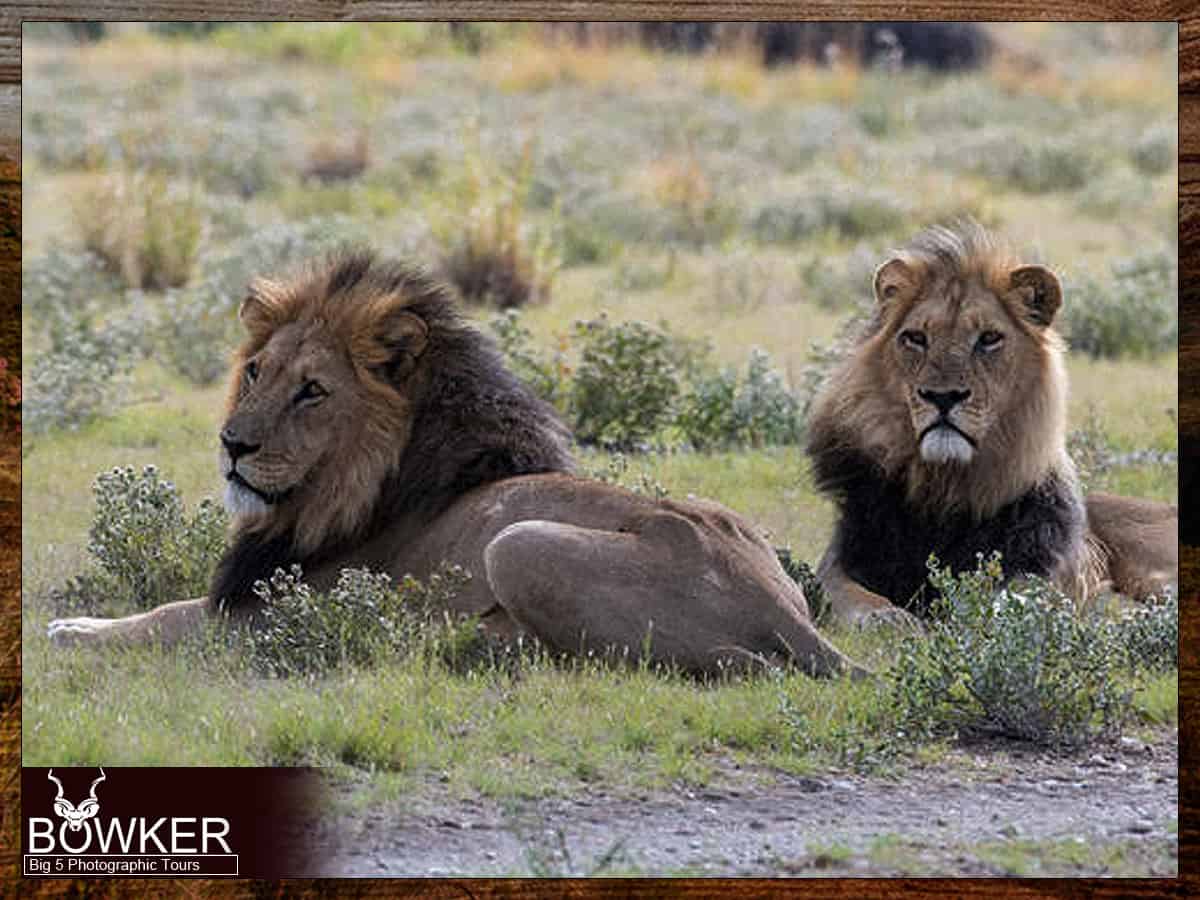
The 4×4 Eco-Trails are a journey through the wild and an opportunity to learn about the park’s unique environment. You’ll have a chance to engage with knowledgeable guides who will share their insights into the ecology and natural history of the park.
The trails offer a chance to push your driving skills to the limit, navigating steep inclines, river crossings, and rocky terrain. The trails are designed to challenge you and to give you a sense of accomplishment when you complete them. You’ll leave the trails with a sense of exhilaration and a newfound respect for the power of nature.
The 4×4 Eco-Trails are an adventure like no other. They offer a chance to connect with nature, learn about the park’s ecology and natural history, and push your driving skills. There’s a path for everyone. So, gear up, buckle in, and prepare for an unforgettable journey through the heart of the Karoo.
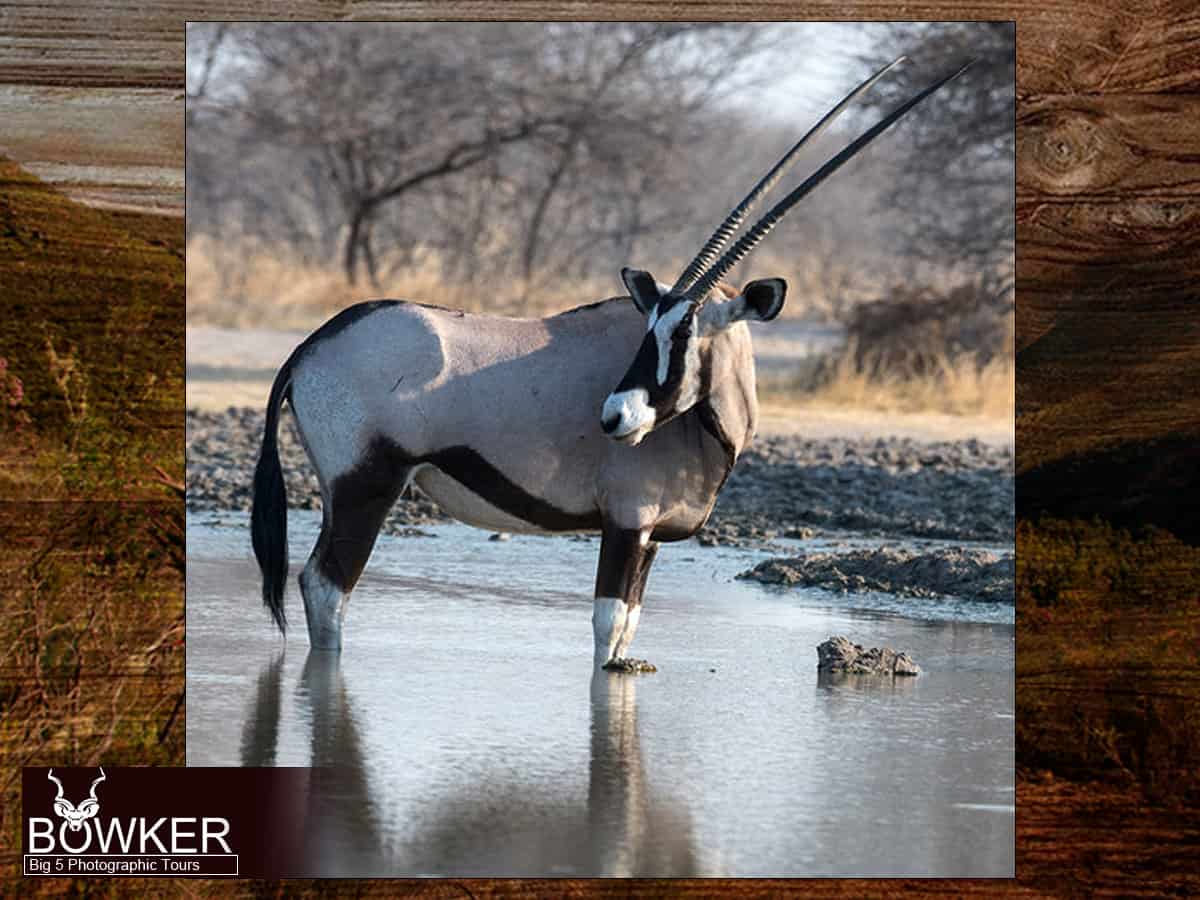
Birdwatching opportunities
There are over 200 species of birds that call Karoo National Park home. From the majestic Verreaux’s Eagle to the elusive Black Harrier, the park offers a diverse range of birdwatching opportunities. Whether you’re an experienced birder or just starting out, Karoo’s avian wonders are sure to leave you in awe.
As you explore the park’s hiking trails, keep your eyes peeled for the colorful Cape Robin-Chat, the striking Bokmakierie, and the charming Cape White-eye. The park’s open grasslands and rolling hills offer an ideal habitat for the Blue Crane, South Africa’s national bird, which can often be seen gracefully soaring through the skies.
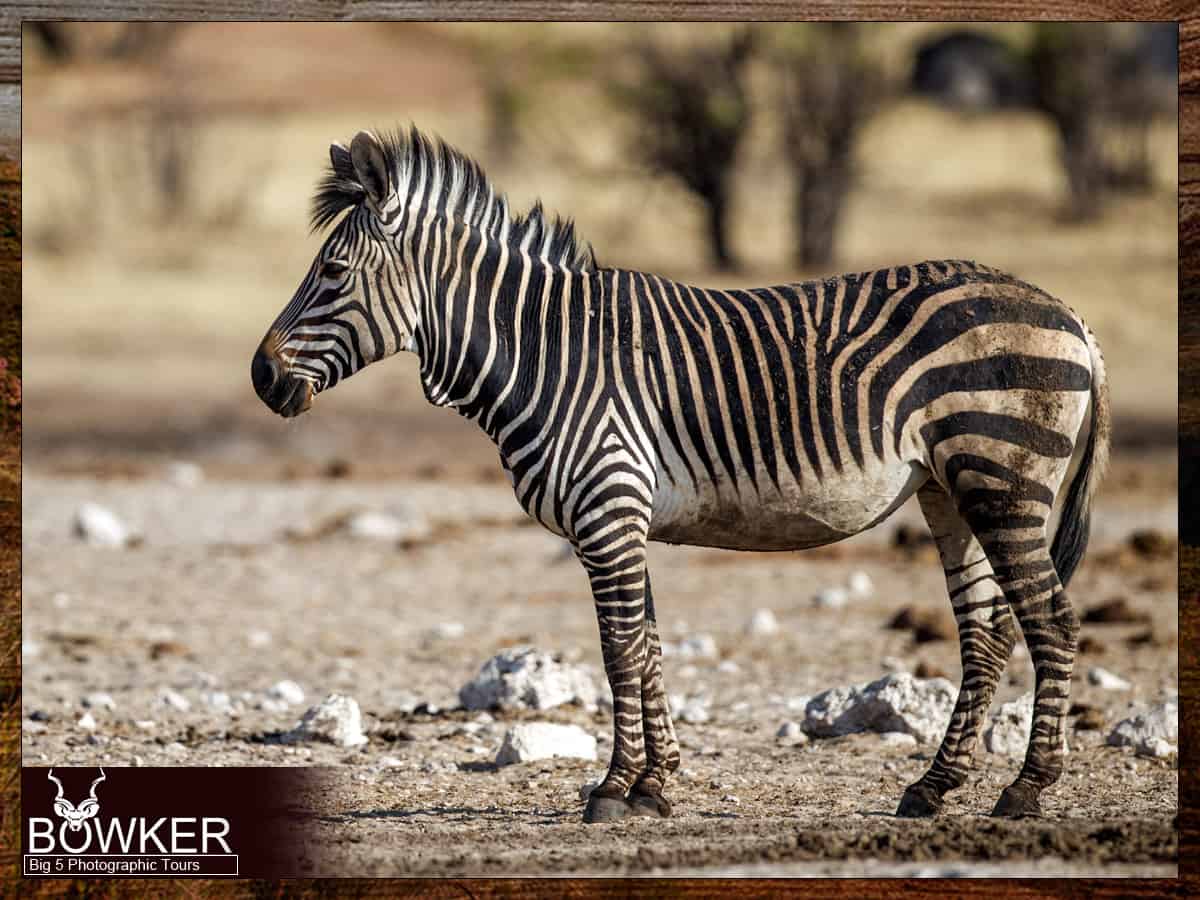
Guided birding tours are available for those seeking a more in-depth birdwatching experience. These tours are led by knowledgeable guides passionate about the park’s feathered inhabitants. They’ll help you spot the birds and provide insights into their behaviors and habitats.
One of the best times to go birdwatching in Karoo National Park is during the early morning hours when the birds are most active. As the sun rises, the park comes alive with the sounds of chirping and tweeting as the birds begin their day. It’s a magical experience that’s not to be missed.
So, whether you’re a seasoned birder or starting out, Karoo National Park offers a birdwatching experience like no other. With its diverse range of species, stunning landscapes, and knowledgeable guides, it’s the perfect place to connect with nature and discover the beauty of South Africa’s feathered inhabitants.
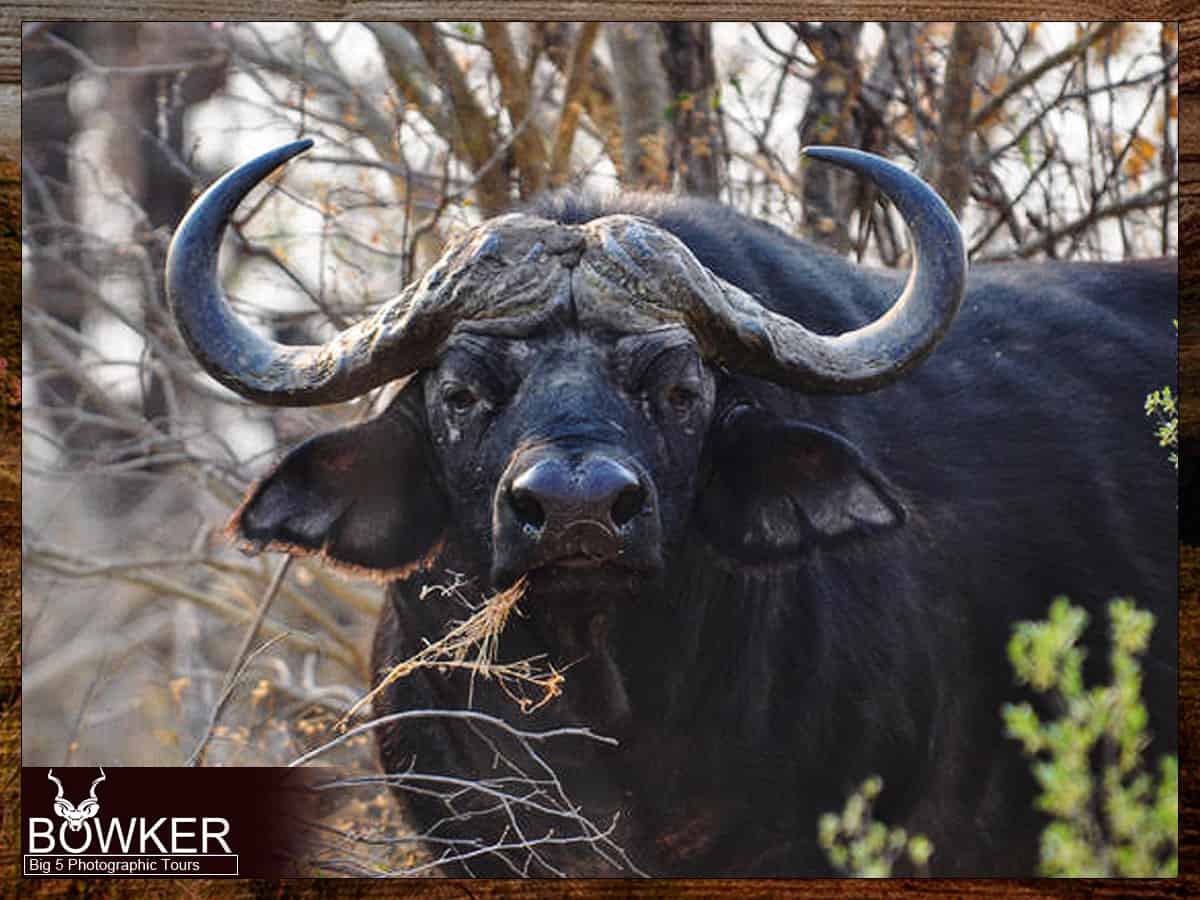
Hiking trails
Looking for an adventure that will take you off the beaten path and into the heart of nature? Look no further than the hiking trails at Karoo National Park. These trails are a perfect way to explore the park’s stunning landscapes and get up close and personal with its diverse flora and fauna.
Whether you’re a seasoned hiker or just starting out, there’s a trail for you. From gentle strolls to challenging treks, each trail offers a unique experience that will leave you feeling invigorated and inspired. As you hike through the park’s rugged terrain, you’ll encounter a variety of ecosystems, from the rolling hills of the grasslands to the rocky outcroppings of the mountains. You’ll also have the chance to spot some of the park’s wildlife, from the majestic kudu to the playful meerkat.

But hiking at Karoo National Park is about more than just the physical experience. It’s also a chance to connect with nature on a deeper level, to disconnect from the hustle and bustle of everyday life, and to immerse yourself in the raw beauty of the natural world. As you hike through the park’s stunning landscapes, you’ll find yourself slowing down, breathing deeply, and becoming more present in the moment. You’ll feel your senses come alive as you take in the sights, sounds, and smells of the wilderness around you.
And if you’re looking for a challenge, the hiking trails at Karoo National Park won’t disappoint. With steep inclines, rocky terrain, and breathtaking vistas, these trails will test your endurance and push you to reach new heights. But the rewards are worth it: from the sense of accomplishment, you’ll feel when you reach the summit of a mountain to the awe-inspiring views that will take your breath away, hiking at Karoo National Park is an experience you’ll never forget.
So why wait? Lace up your hiking boots, pack a water bottle and snacks, and hit the trails at Karoo National Park. As you hike through the wilderness, you’ll discover a world of wonder and beauty that will stay with you long after you’ve left the park.

Game drives
Here’s your chance to explore the park’s diverse wildlife up close and personal. From the majestic kudu to the elusive aardvark, the park’s game drives are a fantastic way to witness South Africa’s incredible fauna in their natural habitat. As you journey through the park’s winding roads, keep your eyes peeled for the iconic lion, cheetah, and leopard among the park’s most sought-after sightings.
The game drives at Karoo National Park are led by expert guides passionate about wildlife and the park’s conservation efforts. These knowledgeable guides will share their insights about the animals you encounter, providing you with an unforgettable learning experience that will deepen your appreciation for the natural world. They’ll also offer tips on spotting the park’s most elusive creatures, such as the aardvark, known for its nocturnal habits.
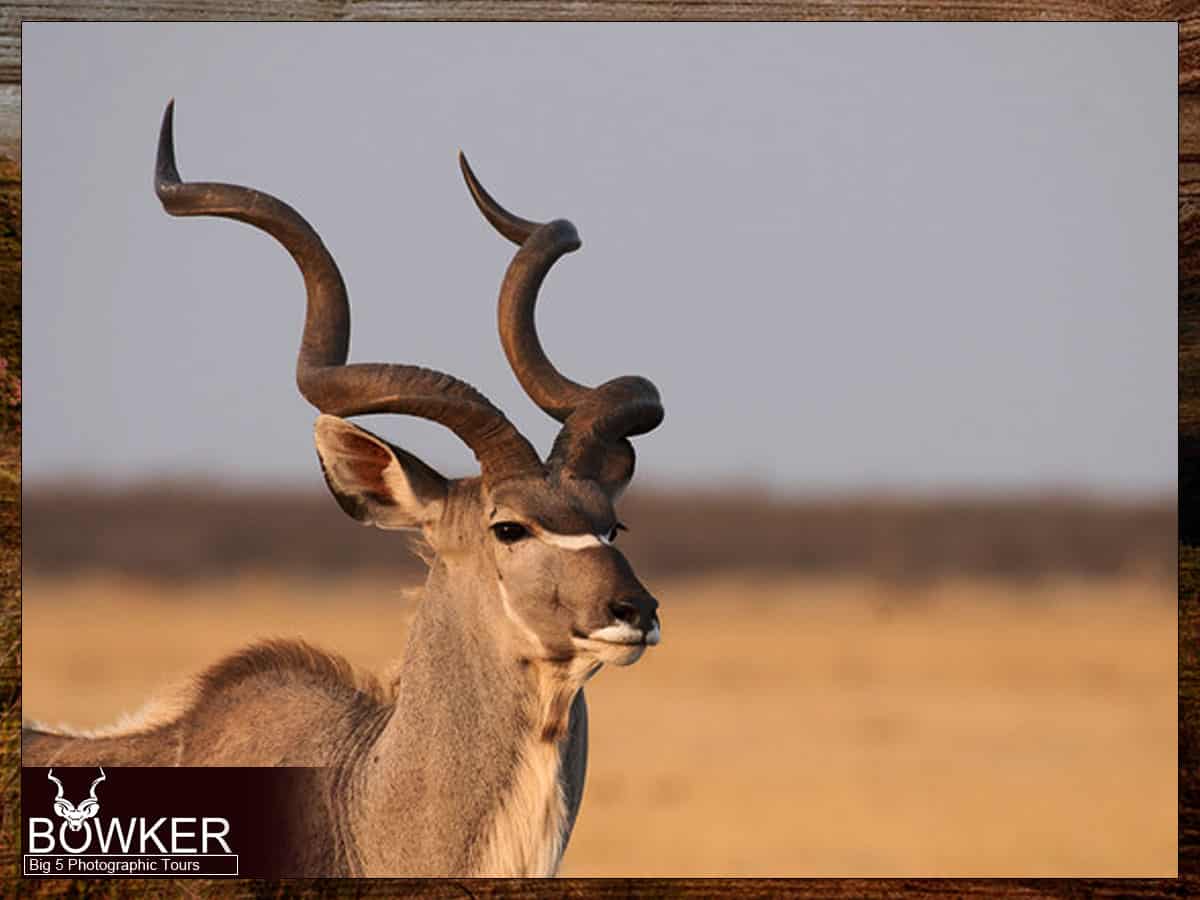
Game drives at Karoo National Park offer a unique opportunity to witness the park’s wildlife. As you watch the animals go about their daily routines, you’ll learn about their behaviors and the roles they play in the ecosystem. You’ll see the lions lazing in the sun, the giraffes gracefully munching on leaves, and the zebras galloping through the plains. It’s an awe-inspiring experience that will leave you with a newfound respect for these magnificent creatures.
But game drives at Karoo National Park are not just about the animals. They also offer a chance to appreciate the park’s stunning landscapes, from the rolling hills of the grasslands to the rugged mountains that tower over the horizon. As you drive through the park, you’ll be surrounded by breathtaking vistas that will take your breath away.
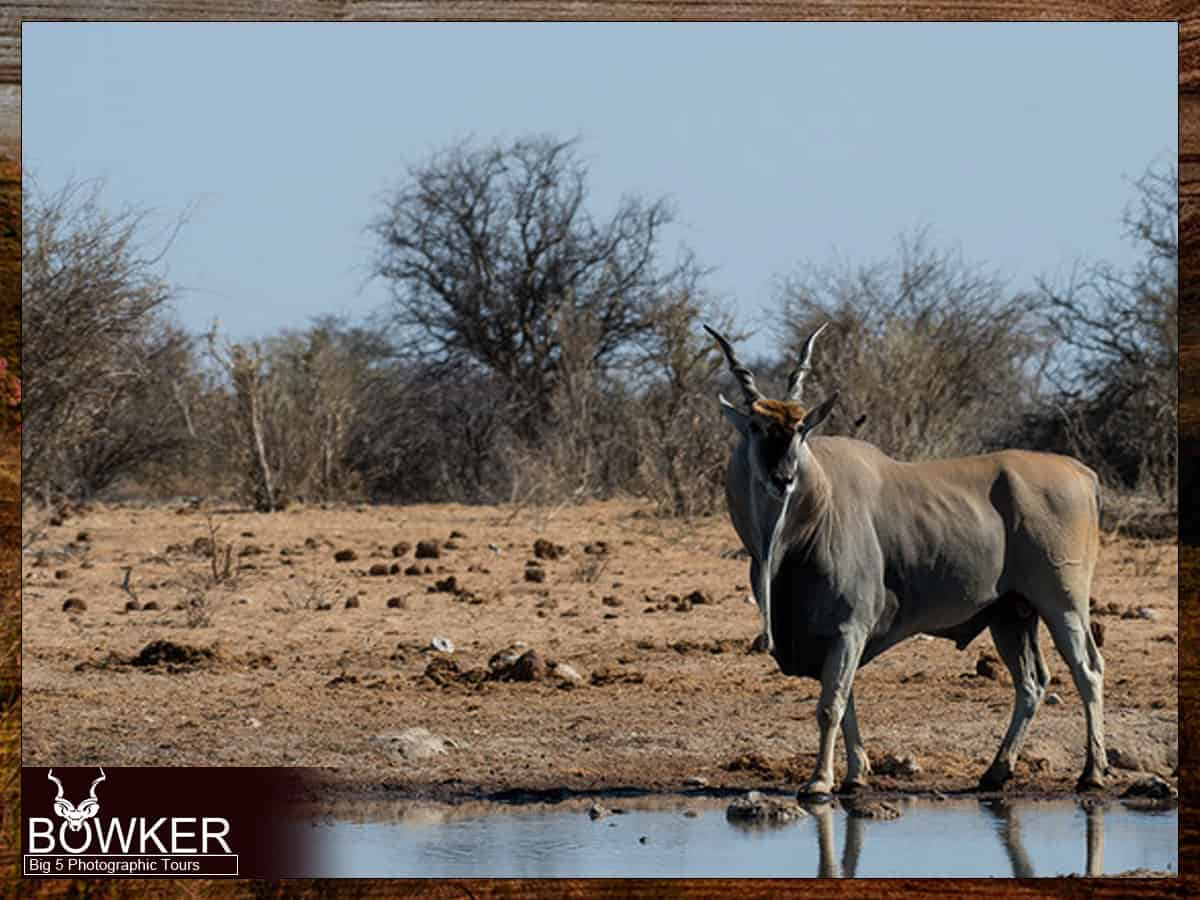
So, whether you’re a wildlife enthusiast or just looking for a thrilling adventure, the game drives at Karoo National Park are not to be missed. With expert guides, diverse wildlife, and stunning landscapes, they offer an unforgettable experience that will stay with you for a lifetime. Get ready to embark on a journey through the heart of South Africa’s wilderness and witness the beauty of the natural world in all its glory.
Picnic spots and viewpoints
Karoo is a haven for those seeking a peaceful escape. The park is home to some of the most breathtaking picnic spots and viewpoints that offer stunning vistas of the surrounding landscapes. Imagine picnicking under the shade of a tree, surrounded by the park’s spectacular scenery, with the gentle breeze blowing through your hair. These picnic spots are perfect for families, couples, and solo travelers who want to relax and enjoy a meal amidst nature’s tranquillity.
The viewpoints at Karoo National Park are equally awe-inspiring. From the top of these vantage points, you can take in the panoramic views of the vast plains, rugged mountains, and endless horizons. It’s like standing on the top of the world, with nothing but nature’s beauty surrounding you. These viewpoints are perfect for nature enthusiasts, photographers, and anyone who wants to appreciate the park’s raw, natural beauty.

So, whether you’re looking for a quiet spot to unwind or a breathtaking view to capture, Karoo National Park has something for everyone. Pack a picnic basket with your favorite snacks and drinks, find a shady spot under a tree, and let the park’s natural beauty soothe your soul. Or, climb up to the top of a viewpoint and let the sweeping vistas take your breath away. Either way, you’re in for an unforgettable experience that will stay with you forever.
Historical and cultural sites
Karoo National Park is not just a place to see stunning landscapes and wildlife. It is also a place to explore South Africa’s rich history and culture. As you journey through the park, you’ll uncover a treasure trove of historical and cultural sites that will transport you back in time.
One of the most notable historical sites in Karoo National Park is the Lammertjiesleegte Grave Site. Here, you’ll find a series of 19th-century graves that offer a poignant glimpse into the lives of early settlers in the area. The graves are a reminder of the harsh realities that pioneers faced as they battled to establish themselves in a rugged and unforgiving landscape.
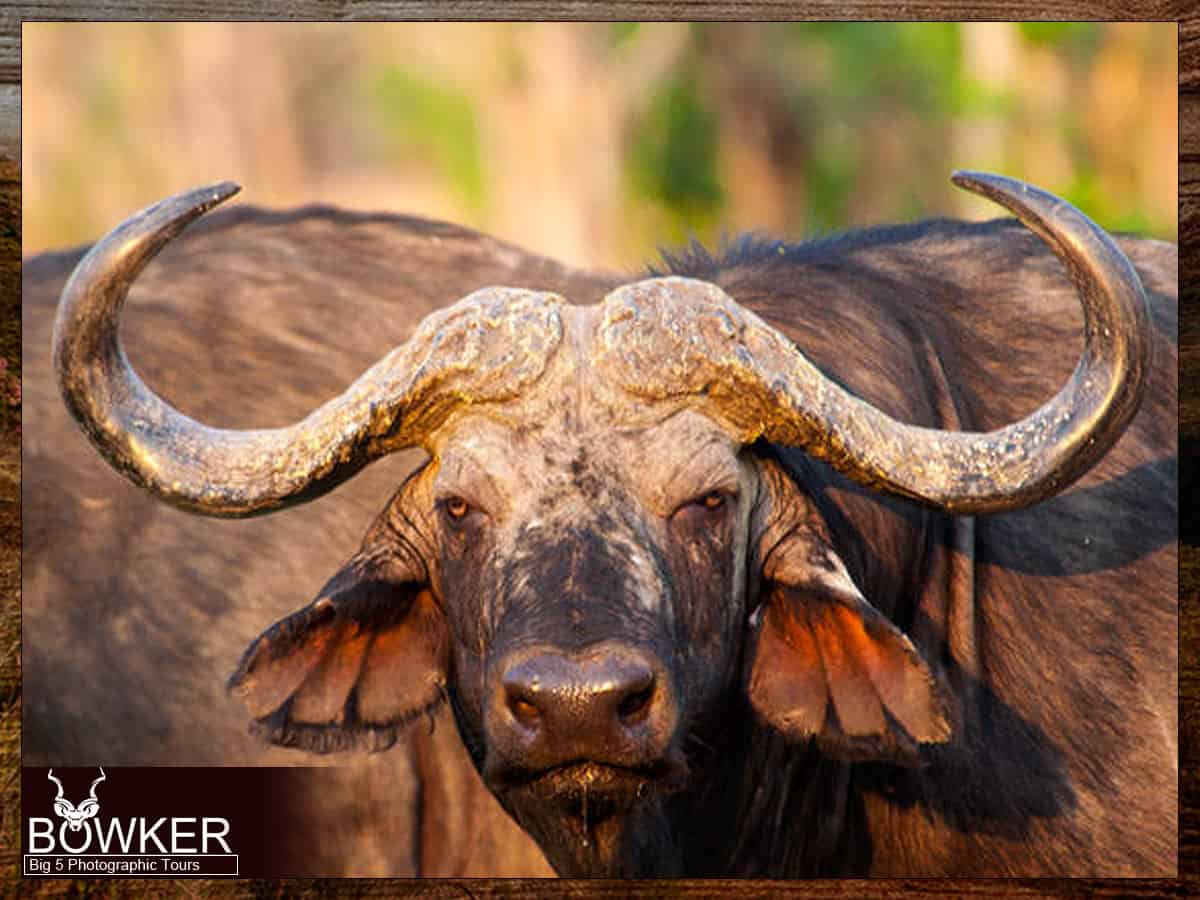
Another fascinating historical site in the park is the Bulkraal Dam. This impressive structure was built in the 1890s to provide water for the town of Beaufort West, which was then a bustling railway hub. Today, the dam is a popular spot for fishing and picnicking, offering visitors a chance to relax and soak up the area’s rich history.
In addition to these historical sites, Karoo National Park is home to several cultural sites that offer a glimpse into the traditions and lifestyles of the indigenous people who once lived there. The San rock art sites are some of the most fascinating cultural sites in the park. These ancient paintings and engravings offer a window into the spiritual beliefs and daily lives of the San people, who have lived in the area for thousands of years.

As you explore Karoo National Park’s historical and cultural sites, you’ll be struck by the deep connection that people have had with this land for generations. Whether it’s the early settlers, who braved the harsh landscape to establish themselves, or the San people who have lived here for thousands of years, Karoo National Park has shaped many people’s lives and cultures throughout history.
Best Time to Visit
The best time to visit Karoo National Park depends on what you want to see and do. Generally, the park is open year-round, but the weather can be scorching in the summer months (December to February), so it’s best to plan your visit during the year’s cooler months. Autumn (March to May) and spring (September to November) are great times to visit the park, as the temperatures are mild, and the skies are often clear.
Wildlife sightings are more common during the cooler months, as the animals are more active in the cooler temperatures. The vegetation is also less dense, making it easier to spot animals and birds. However, it’s important to note that winter nights can be very cold, so visitors should pack accordingly.
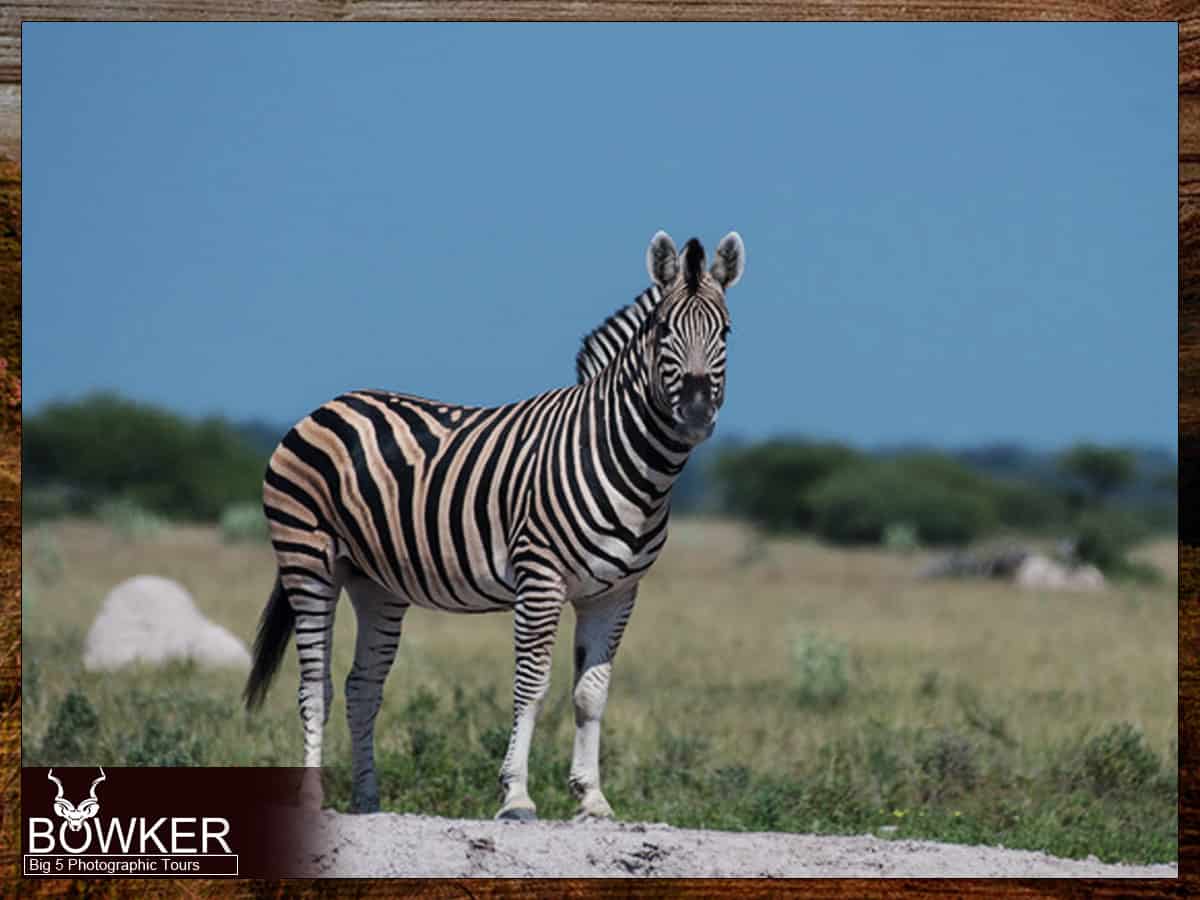
If you’re interested in stargazing, the best time to visit Karoo National Park is during the winter months (June to August), when the skies are at their clearest. The park is located in a remote area with little light pollution, making it ideal for stargazing.
Another factor to consider when planning your visit is the park’s annual events. The Karoo National Park Birding Weekend, held in September, is a popular event for birdwatchers. The park also hosts regular guided walks and talks, allowing visitors to learn more about the park’s wildlife and history.
Ultimately, the best time to visit Karoo National Park depends on your preferences and interests. Whether you’re interested in wildlife, hiking, stargazing, or simply enjoying the park’s natural beauty, there’s something to see and do in Karoo National Park year-round.
Local Communities and Culture
Local communities and culture offer visitors a glimpse into the rich history and traditions of the region. The park is located within the Great Karoo. This vast semi-desert region covers much of central and western South Africa. The Karoo is home to a diverse range of cultures and communities, including the indigenous Khoi and San people and Afrikaans, English, and other immigrant communities.
Visitors to Karoo National Park can explore nearby towns and villages, such as Beaufort West and Prince Albert, to experience the local culture and way of life. These communities offer a range of attractions and activities, from historic buildings and museums to art galleries and craft markets. Visitors can also sample traditional Karoo cuisine, which includes dishes such as bobotie (a spicy minced meat dish), biltong (dried meat), and koeksisters (a sweet pastry).

The Khoi and San people, who have inhabited the Karoo for thousands of years, have a rich cultural heritage that is still celebrated today. Visitors can learn about their traditions and customs by visiting local museums and cultural centers, such as the !Khwa ttu San Culture and Education Center near Yzerfontein. The center offers guided tours, cultural experiences, and workshops that provide insight into the history and way of life of the San people.
In addition, Karoo National Park itself has a rich cultural heritage, with evidence of human habitation dating back thousands of years. Visitors can explore the park’s archaeological sites and learn about the San people’s rock art, which can be found in several locations throughout the park. The park also offers guided walks and talks that provide an insight into the park’s history and cultural significance.
Visitors to Karoo can experience the park’s natural beauty and the rich cultural heritage of the surrounding communities. There is something to suit every interest and taste.

Tips for Photographers
Karoo offers many opportunities for photographers to capture stunning images of the park’s landscapes and wildlife. Here are some tips to help you make the most of your photography experience:
Timing is everything
The best time to photograph nature is early in the morning or late in the afternoon when the light is soft and warm. This is when animals are most active, and you are more likely to capture that perfect shot.
Use the right equipment
To capture the best images, you need the right equipment. A telephoto lens is essential for wildlife photography, while a wide-angle lens is ideal for capturing sweeping landscapes. A tripod will help keep your camera steady, especially in low-light conditions.
Be patient and observant
Wildlife photography requires patience and a keen eye for detail. Take your time and observe the animals’ behavior to anticipate their movements and capture the perfect shot.
Pay attention to composition
Composition is critical in photography. Consider the rule of thirds and the use of leading lines and symmetry to create interest and balance in your images.
Experiment with different angles
Don’t be afraid to get down on the ground or climb up high to capture different perspectives. Experiment with different angles, and you may be surprised by the results.
Capture the details
Capture the smaller details, such as tracks, feathers, and textures. These can add depth and interest to your images.
Be respectful of the animals
Remember that you are a visitor in the animals’ natural habitat. Respect their space and observe from a safe distance. Do not disturb or approach them; never feed or bait them for a better shot.
By following these photo tips, you can capture stunning images of Karoo National Park’s wildlife and landscapes while respecting the park’s conservation efforts.
Conclusion
Visiting Karoo National Park is an unforgettable experience that offers a glimpse into the unique and diverse wildlife and landscapes of South Africa. You can make the most of your trip and enjoy a safe and respectful encounter with the park’s flora and fauna. Whether you’re interested in wildlife photography, hiking, 4×4 trails, or guided game drives, Karoo National Park has something for everyone. So pack your bags, grab your camera, and prepare for the adventure of a lifetime in one of South Africa’s most stunning natural wonders.
Additional Resources
In addition to the tips and recommendations provided in this guide, there are many other resources available to help you plan your visit to Karoo National Park. The following resources can provide valuable information and insights.
Books to read
“Karoo: A Memoir of Place” by Eve Palmer
“Wildlife of Southern Africa: A Field Guide” by Vincent Carruthers
“Birds of Southern Africa” by Ian Sinclair
Websites to visit
Karoo Space: https://karoospace.co.za
CapeNature: https://www.capenature.co.za/reserves/karoo-nature-reserve
Be Part of the Adventure
Your experiences and insights are invaluable; we encourage you to share them with the world. Join the conversation on social media using the hashtag #karoo and tell others about your adventures in this remarkable wilderness. By sharing your stories, tips, and questions, you can inspire fellow travelers to embark on their own unforgettable journeys to Karoo National Park.
